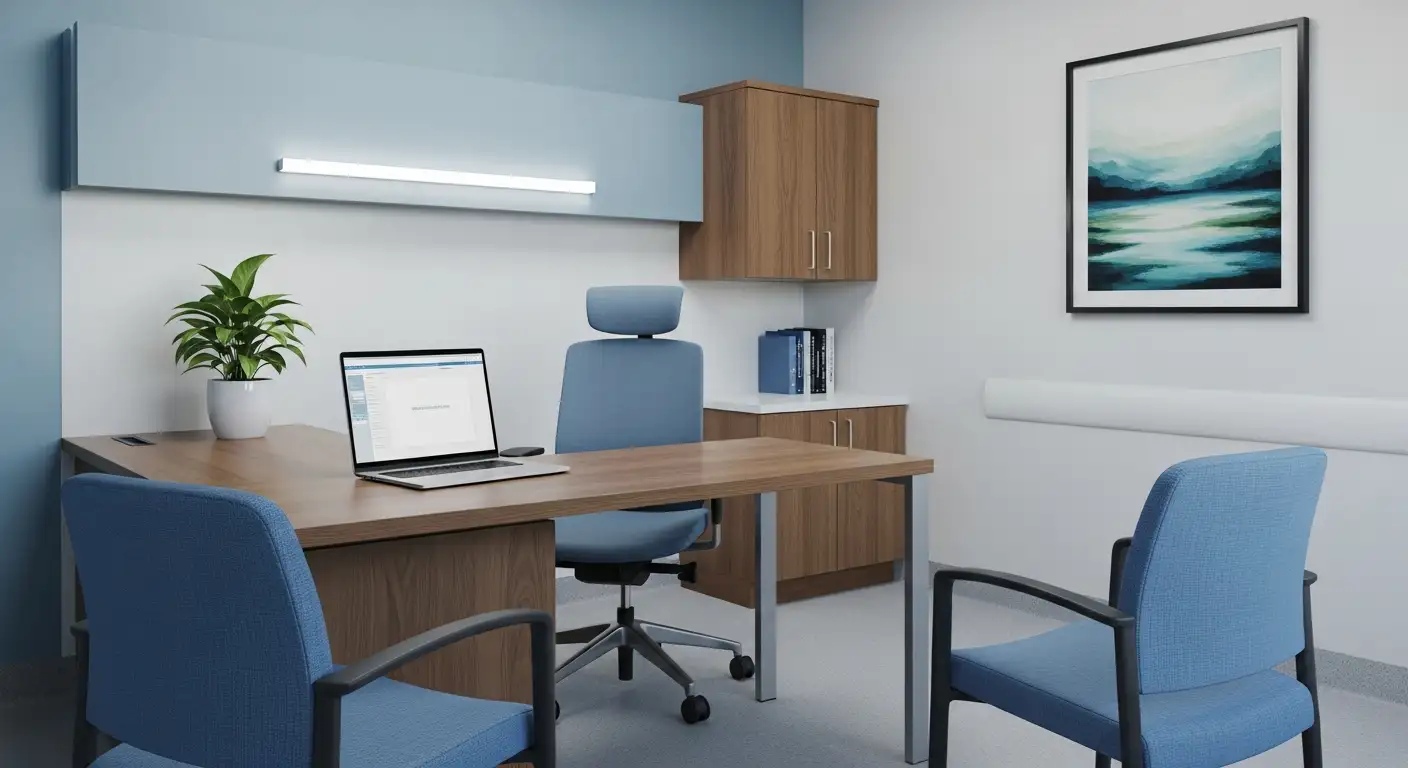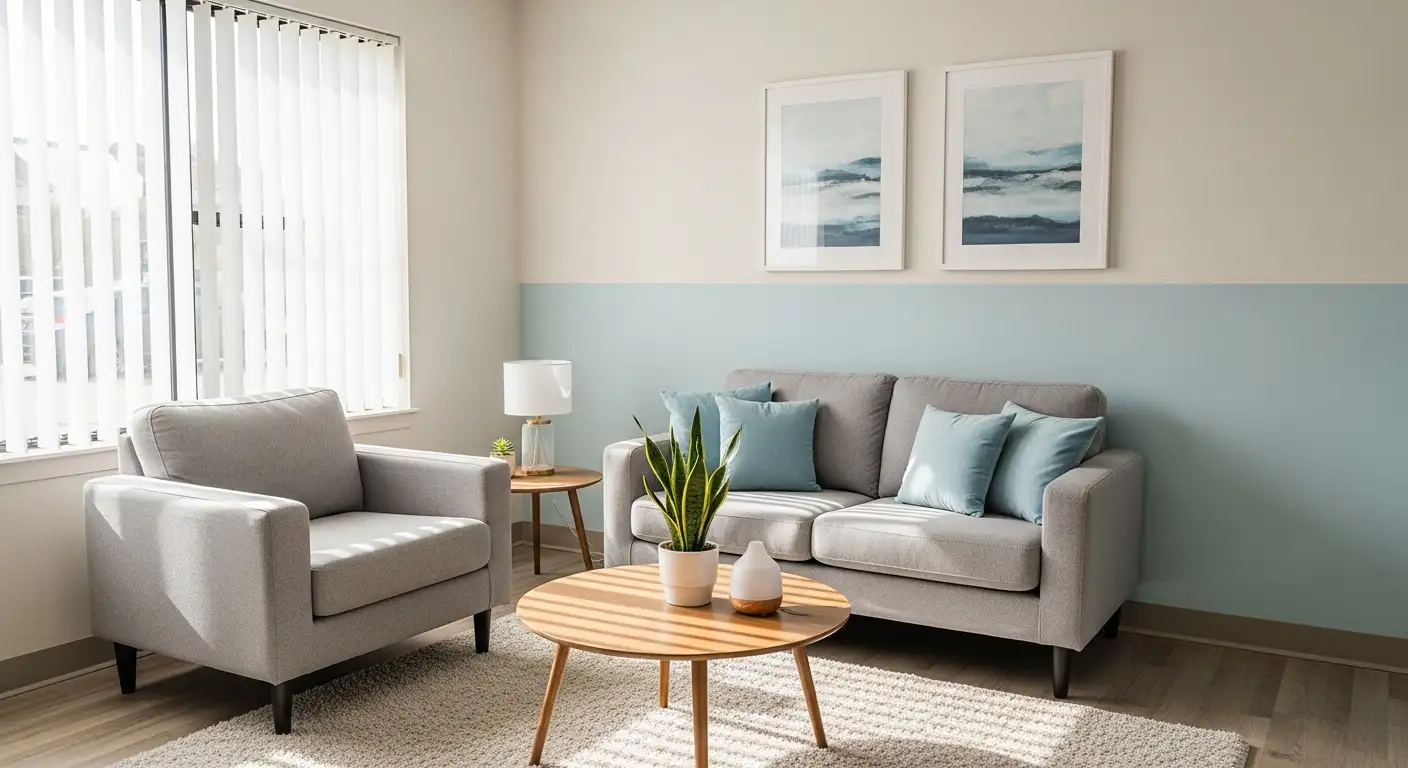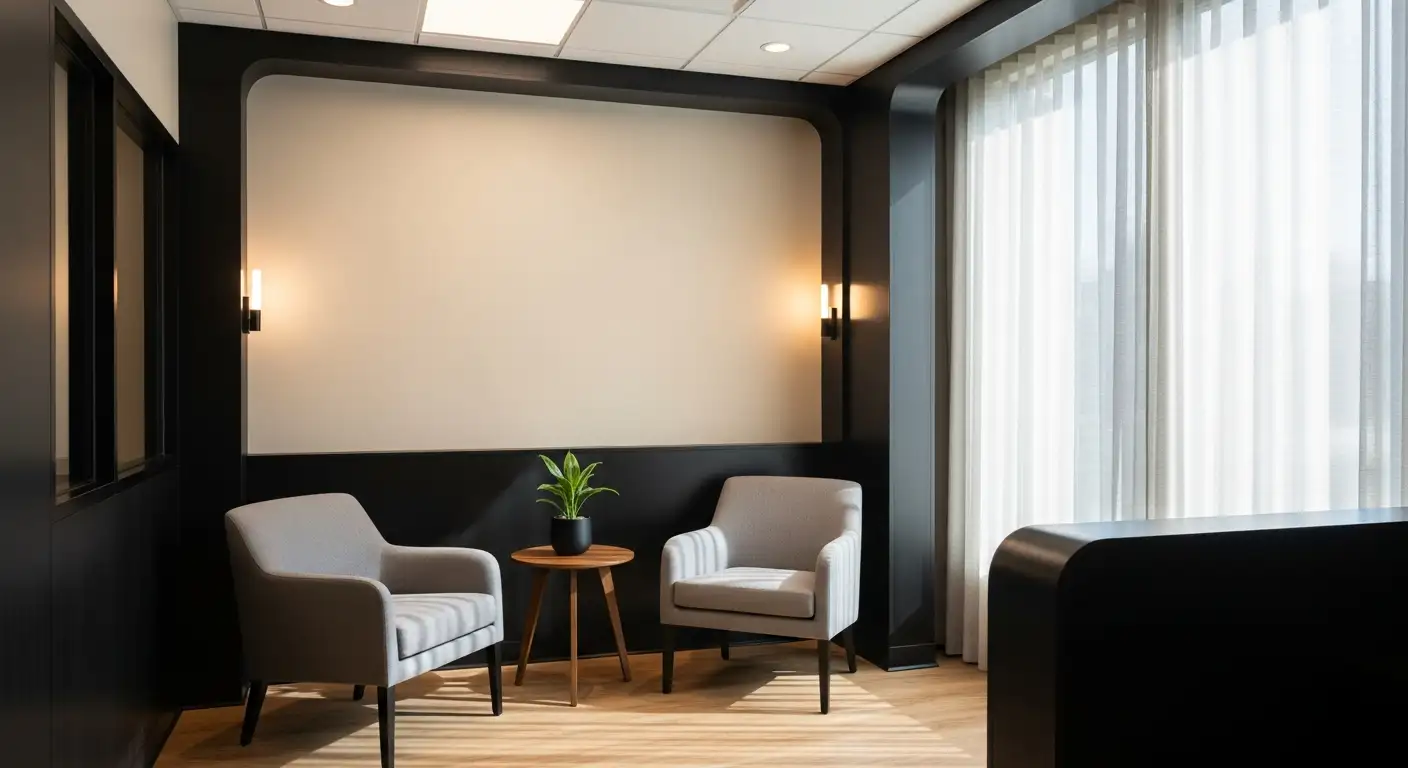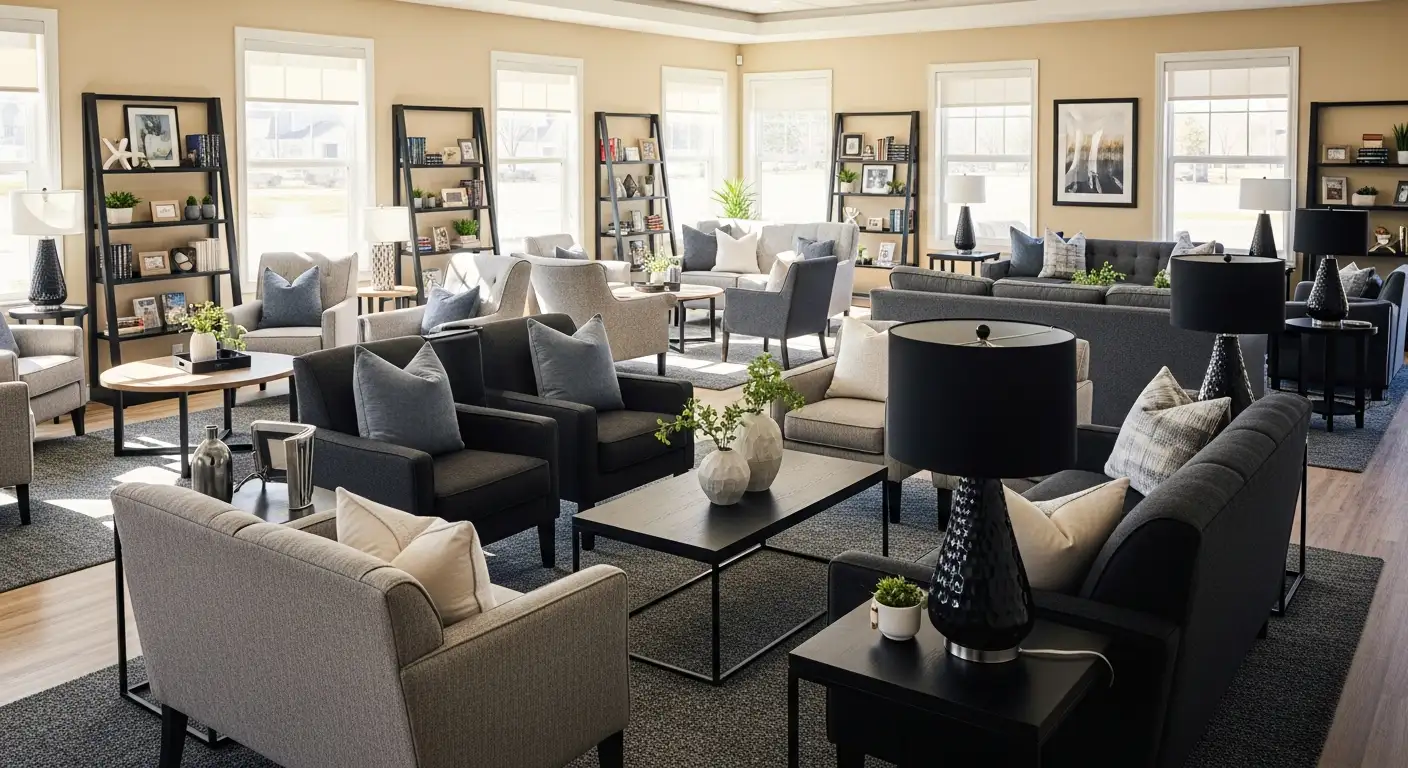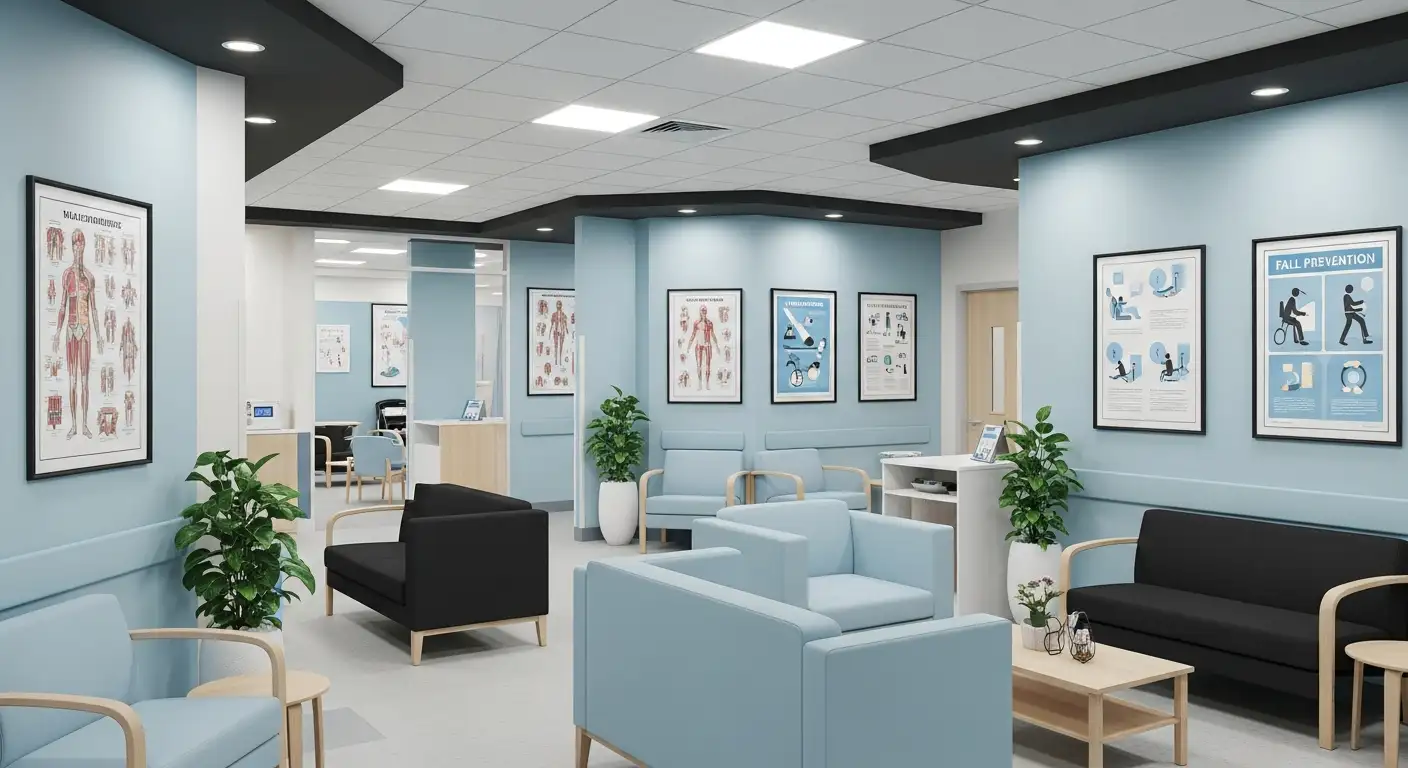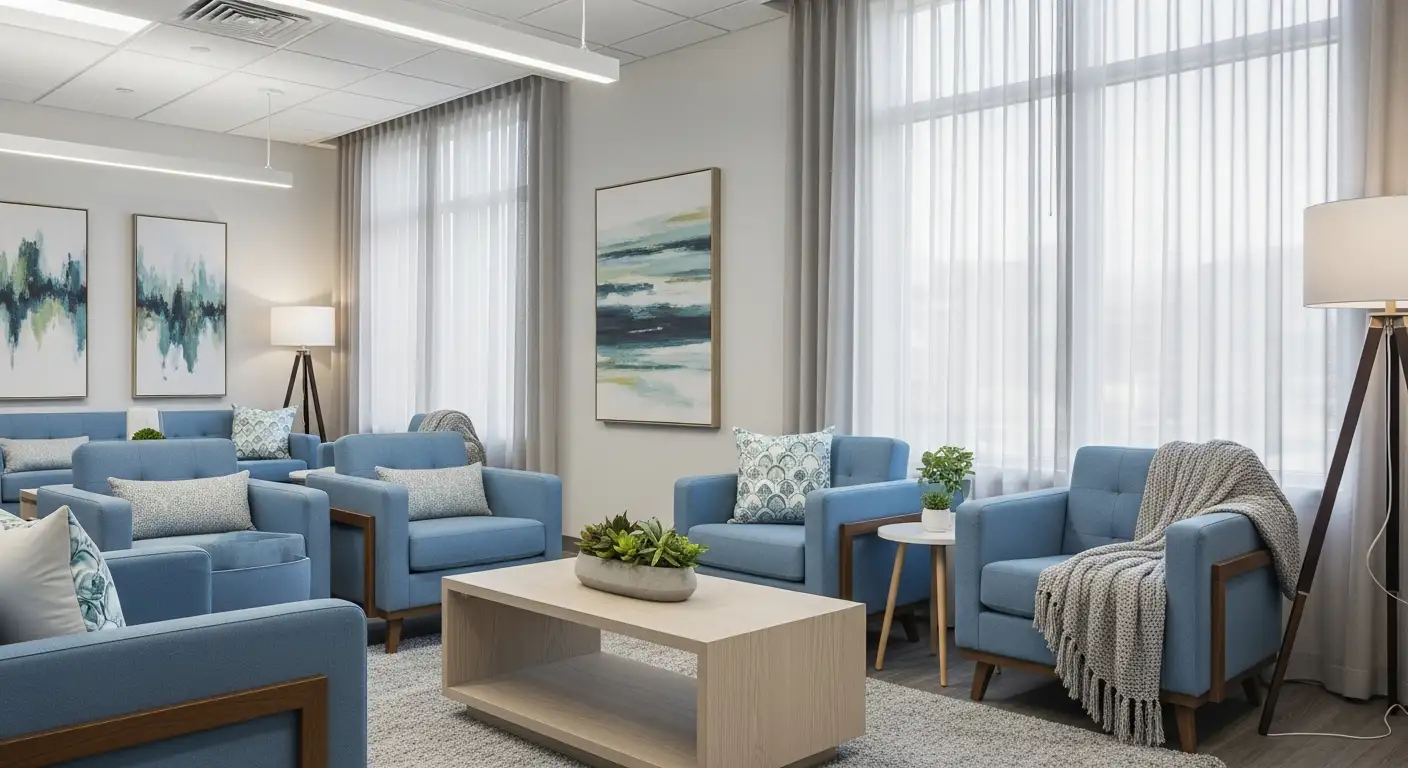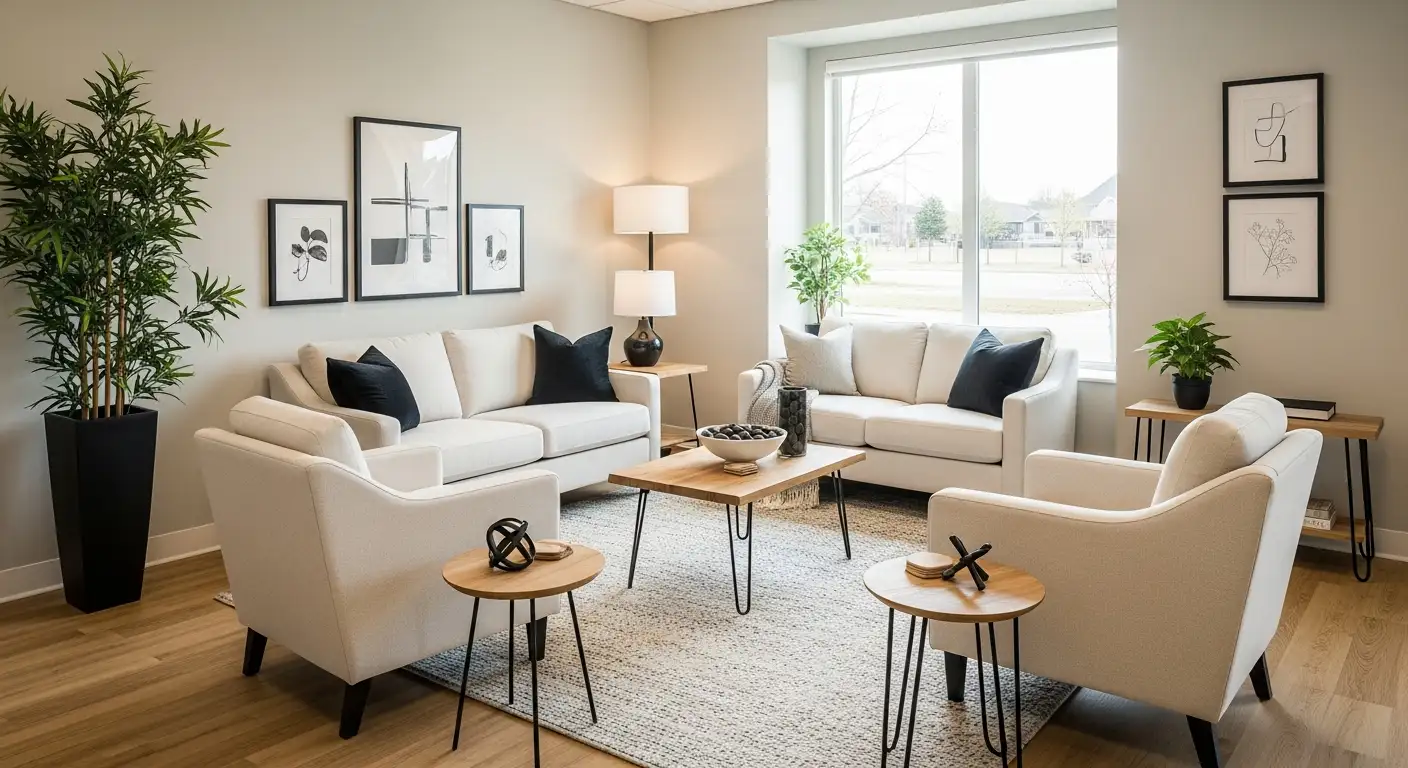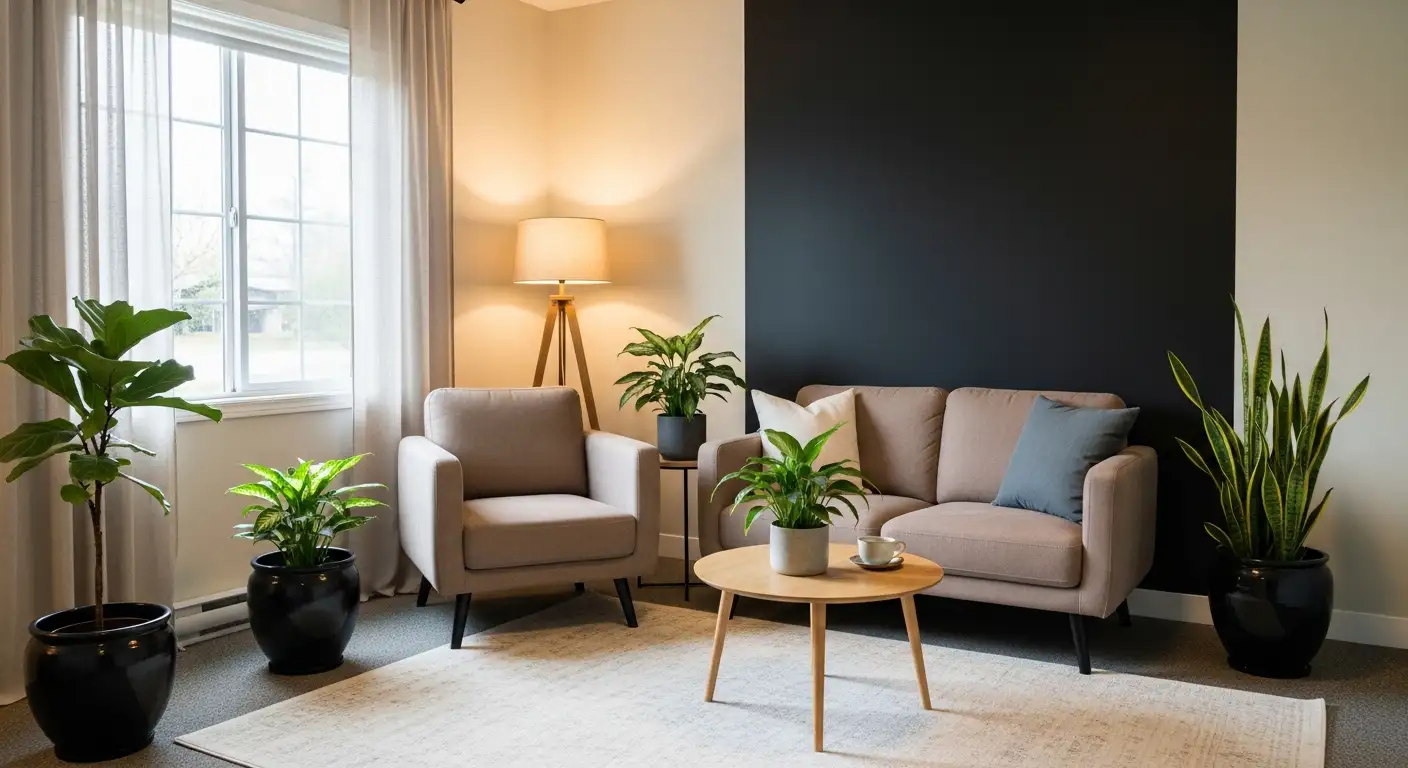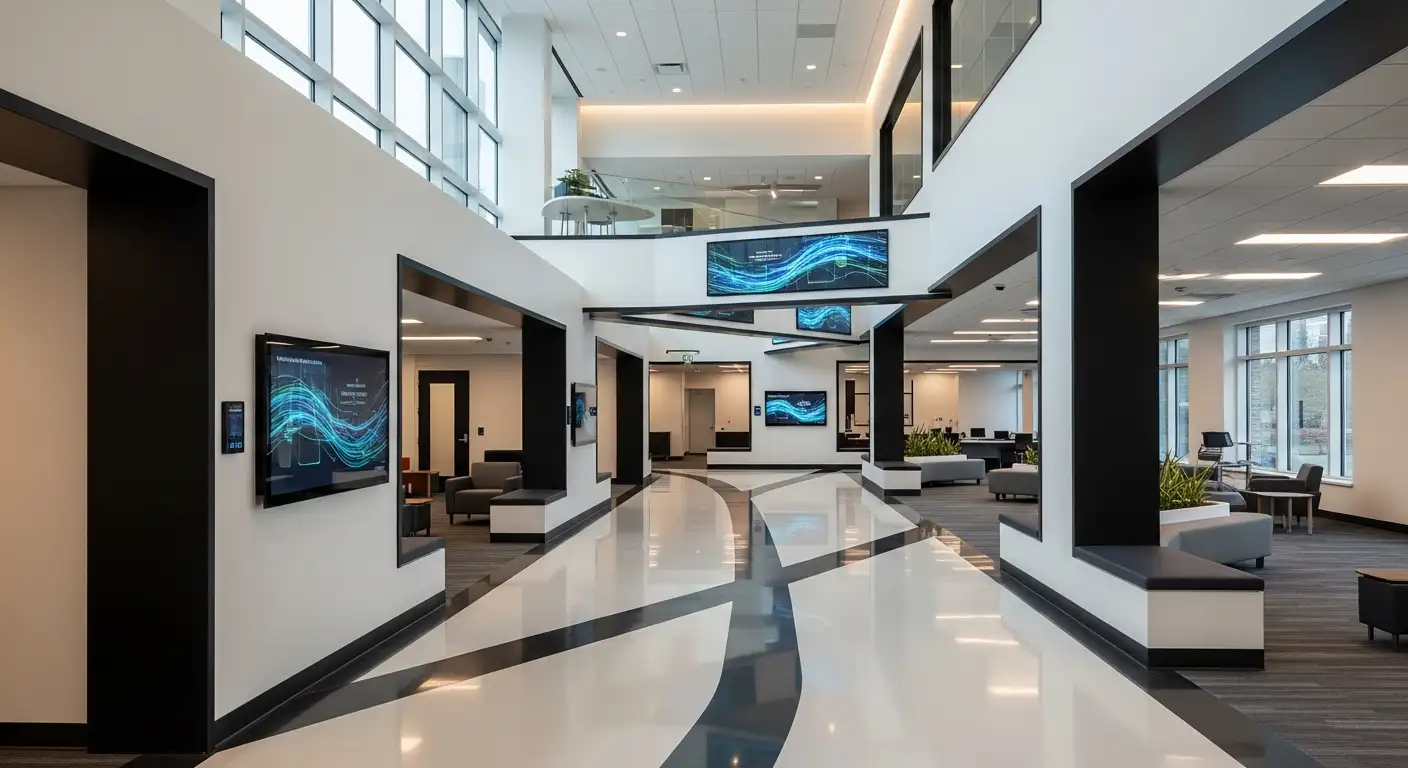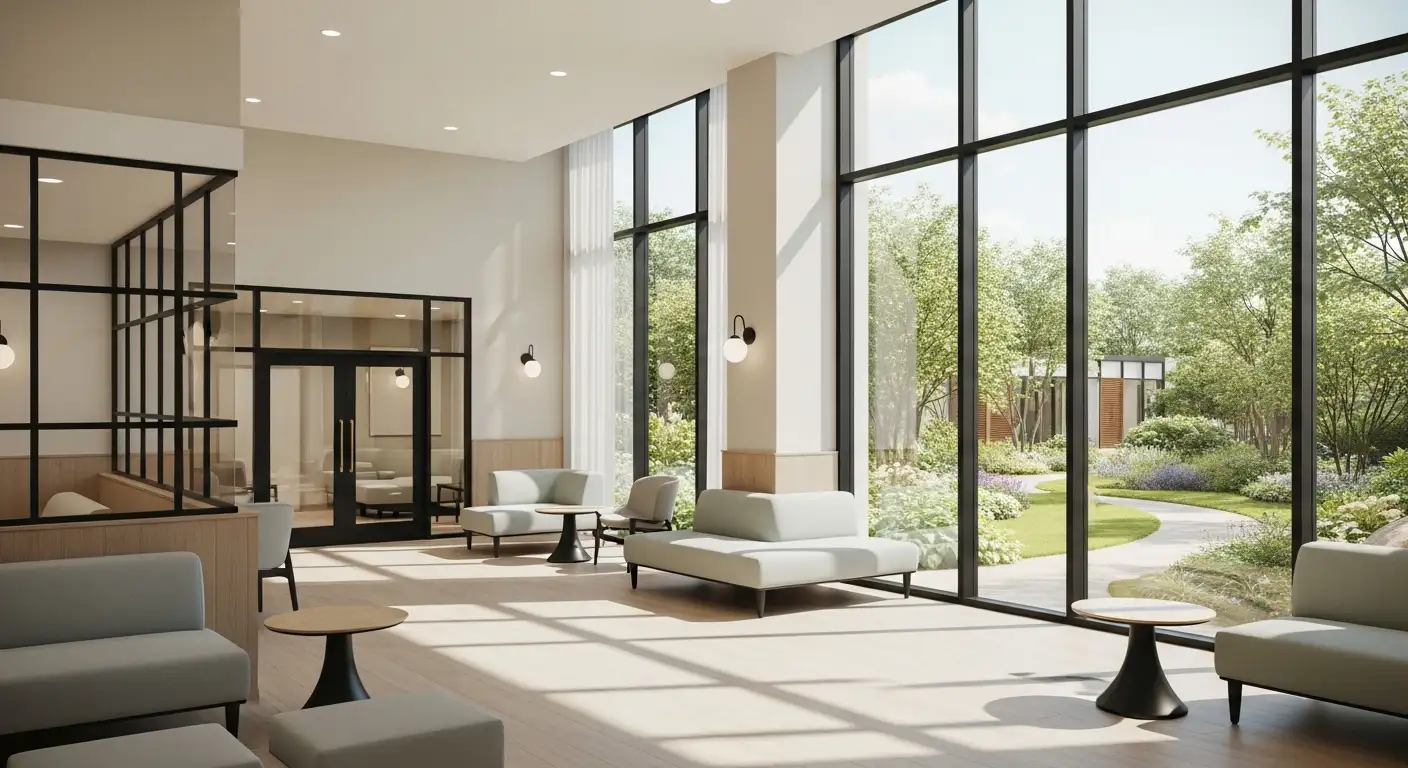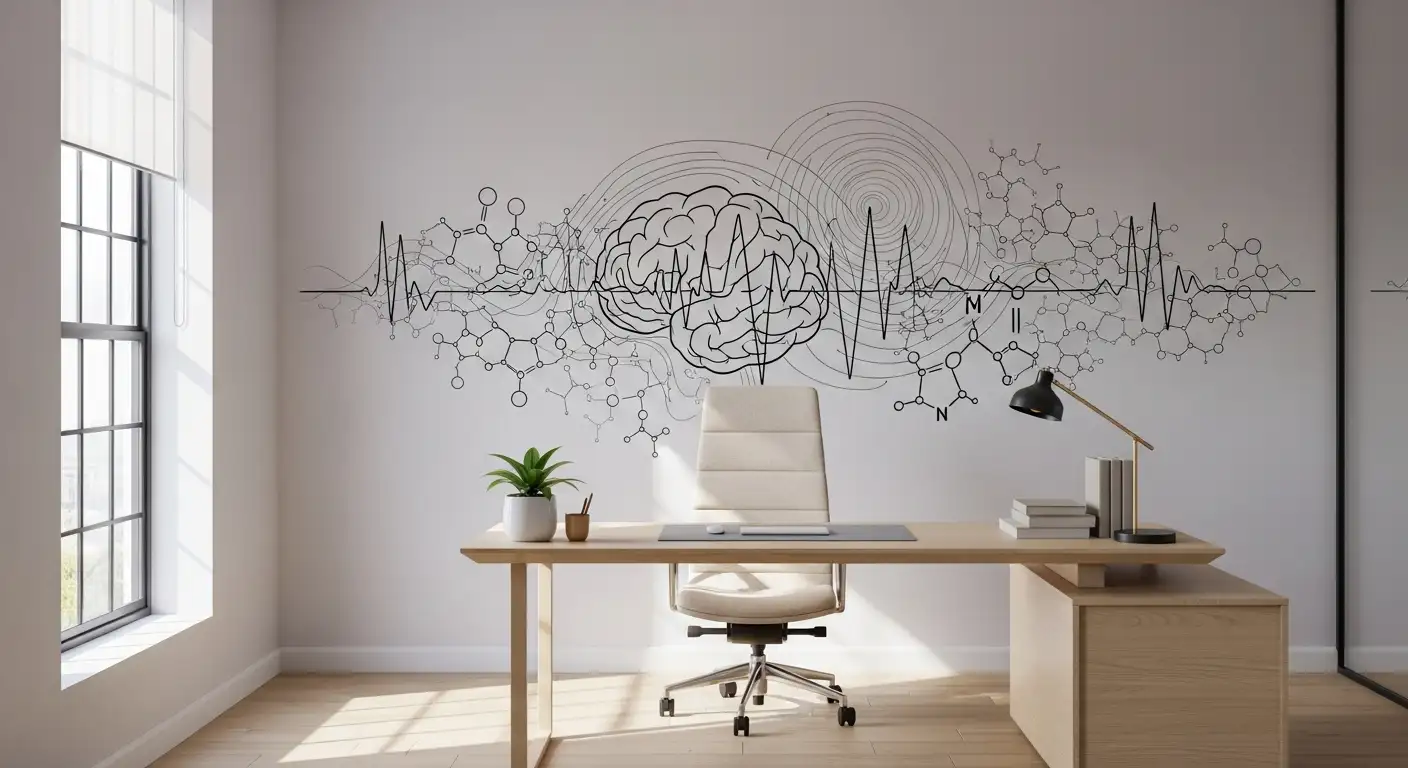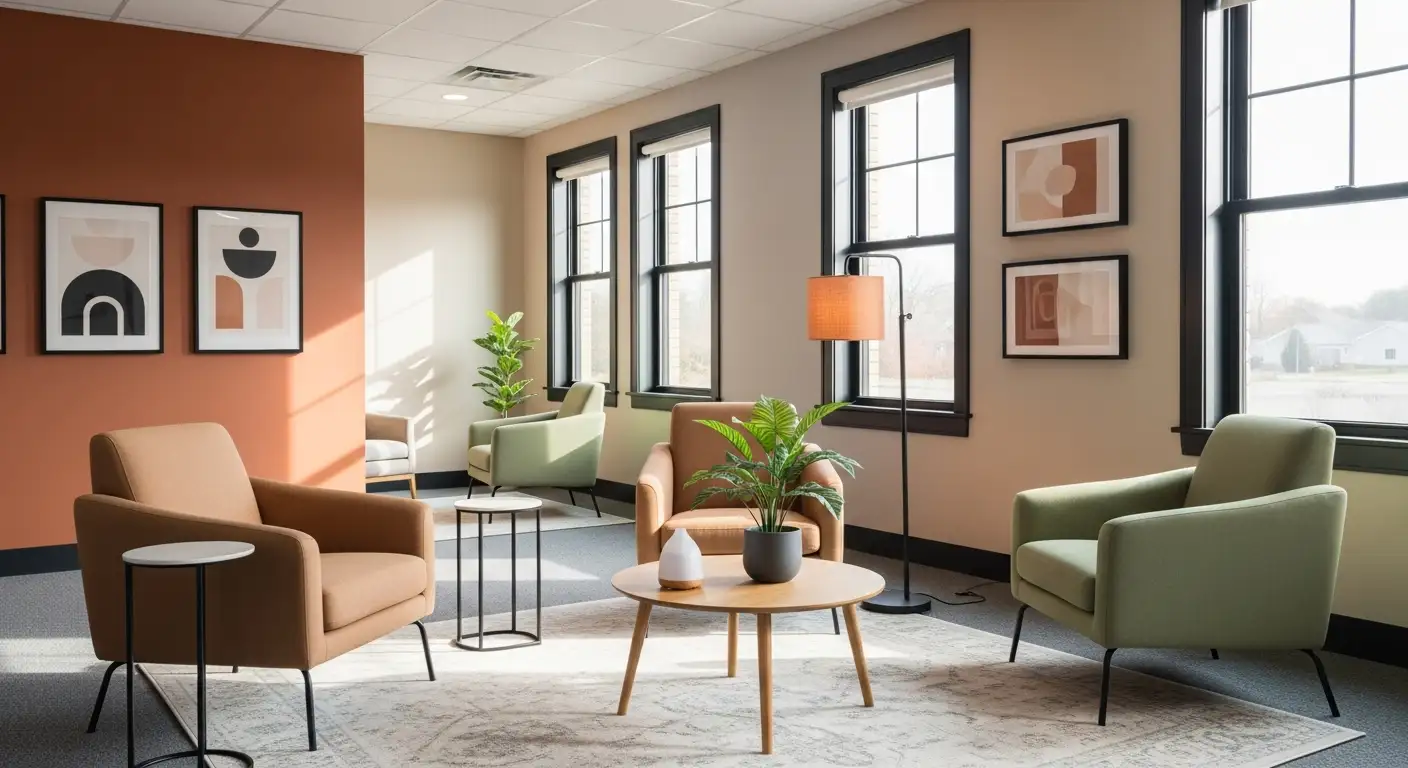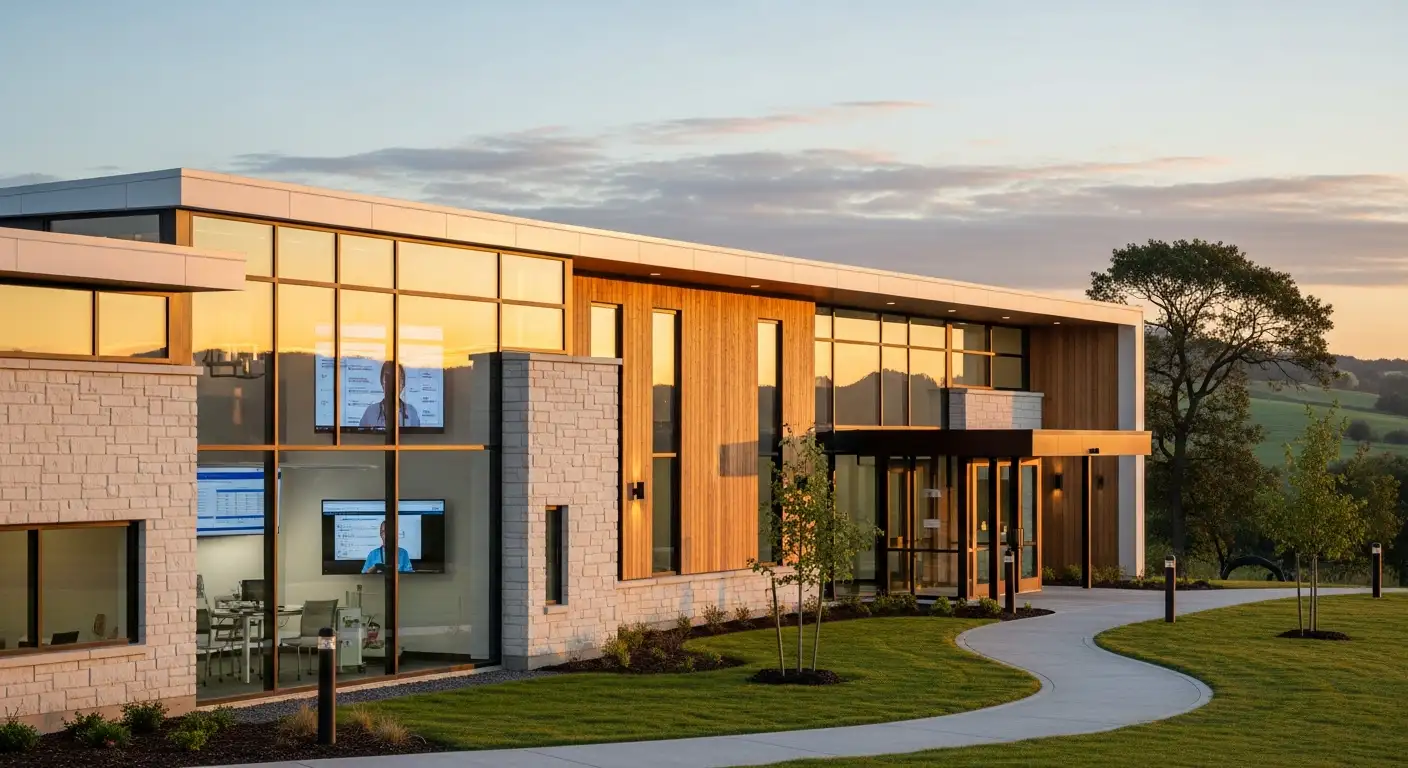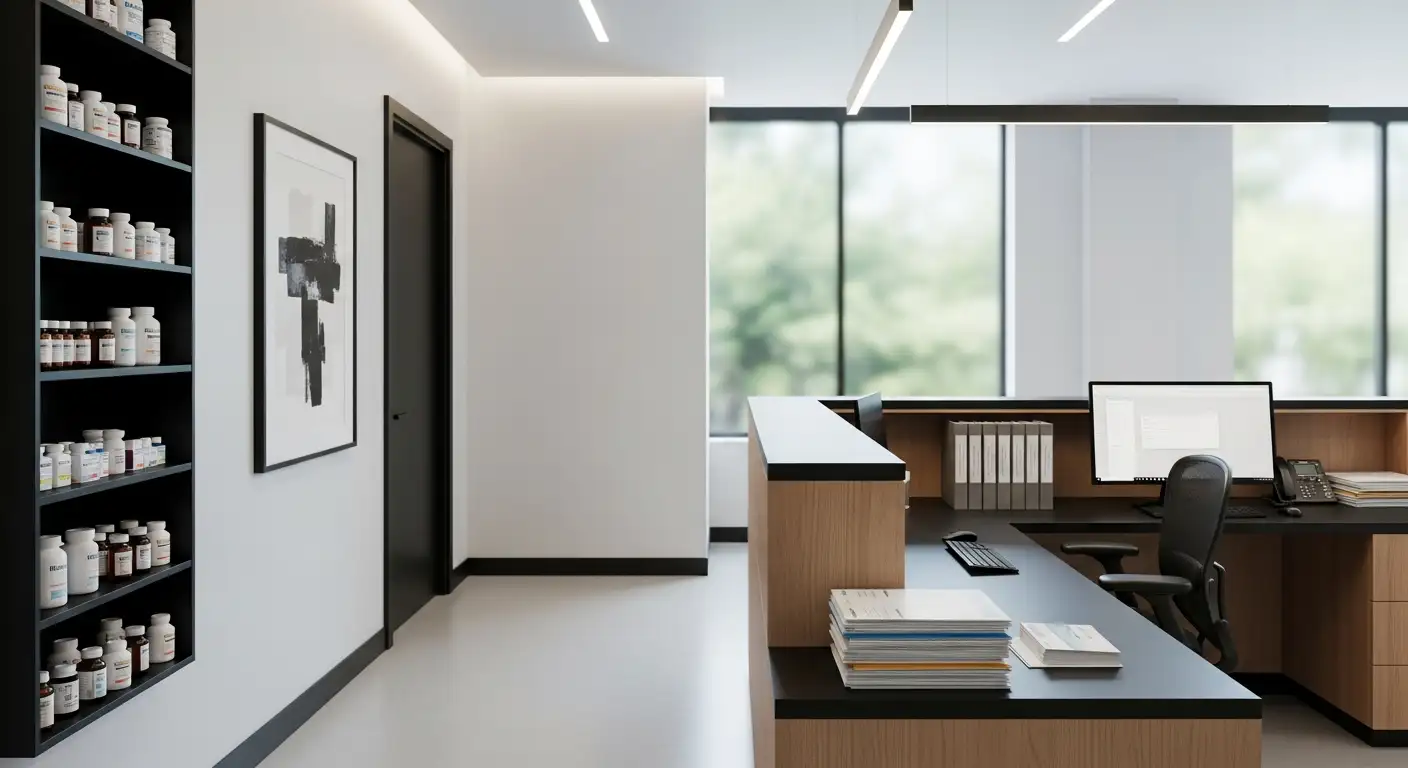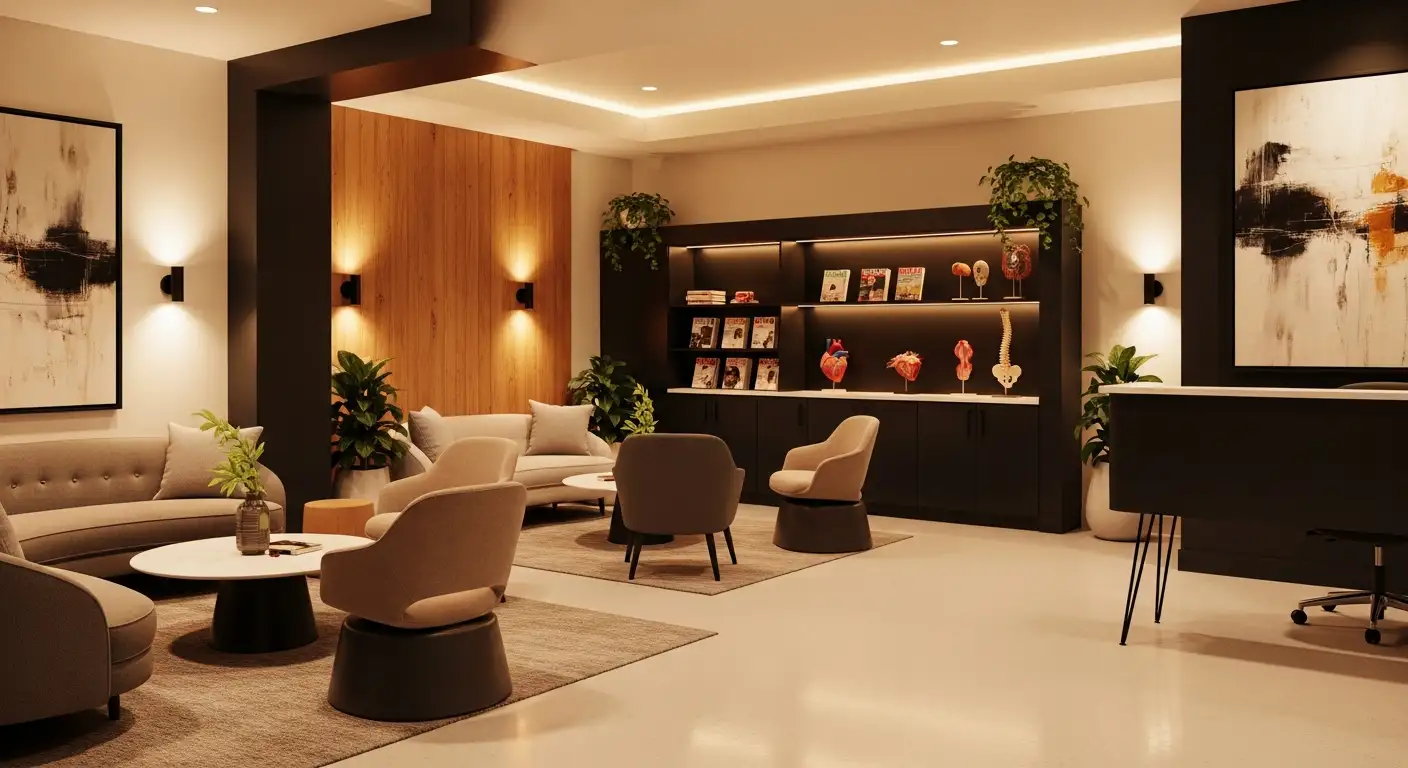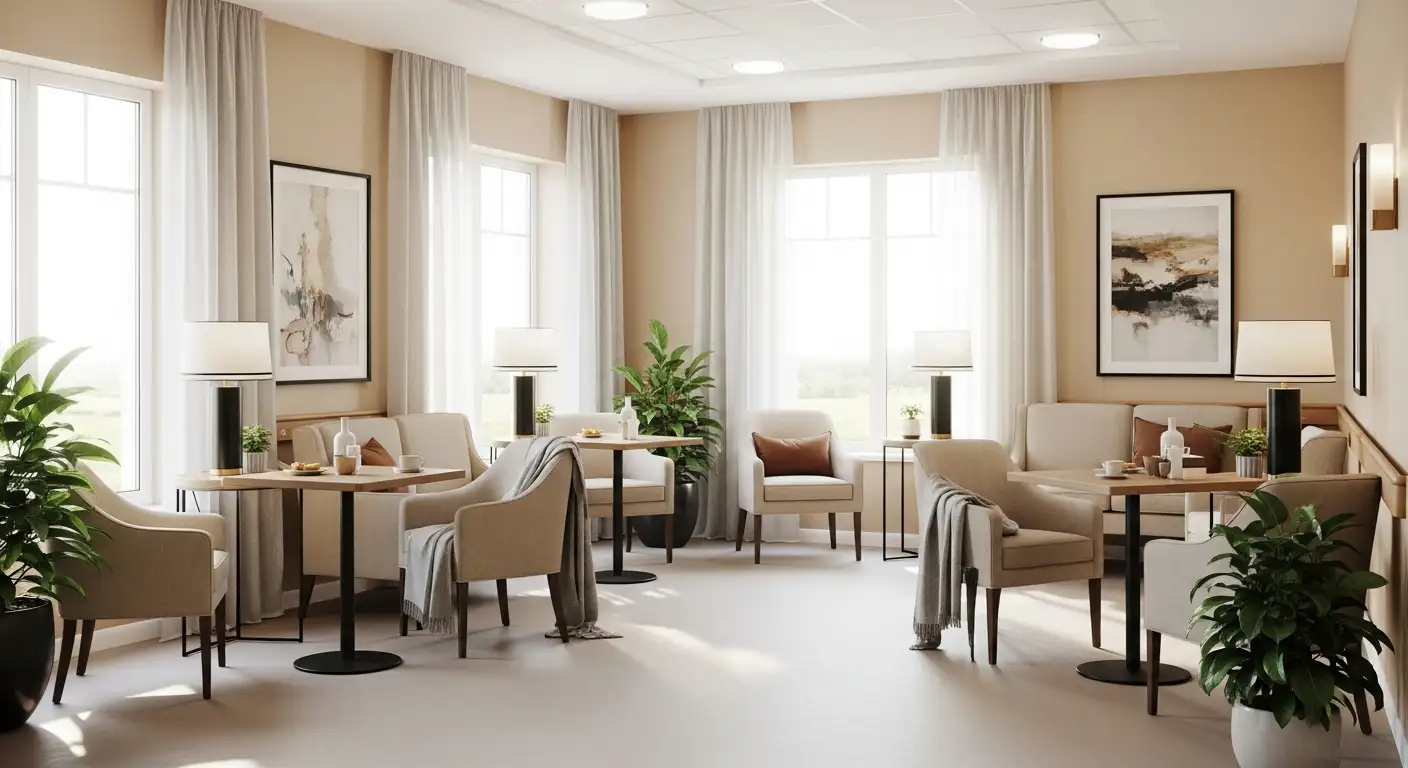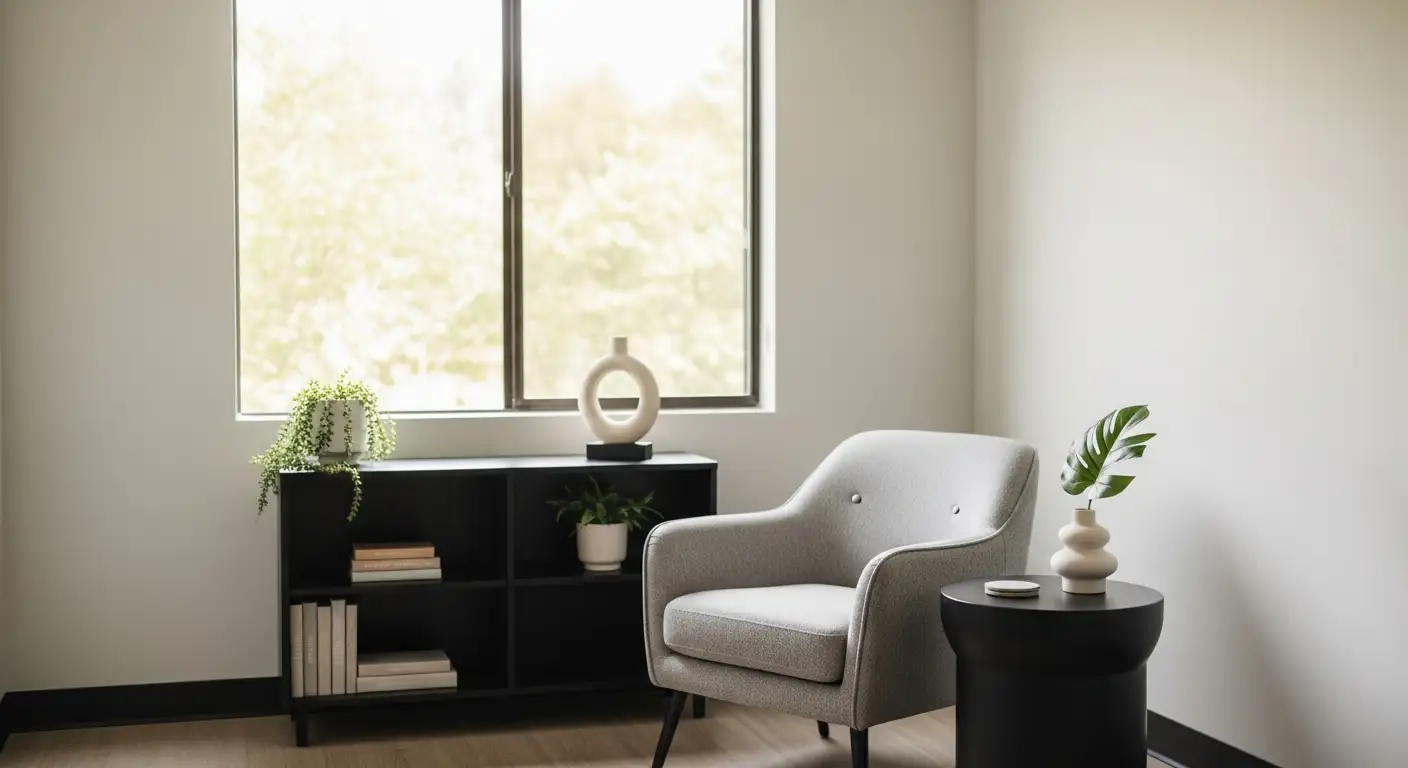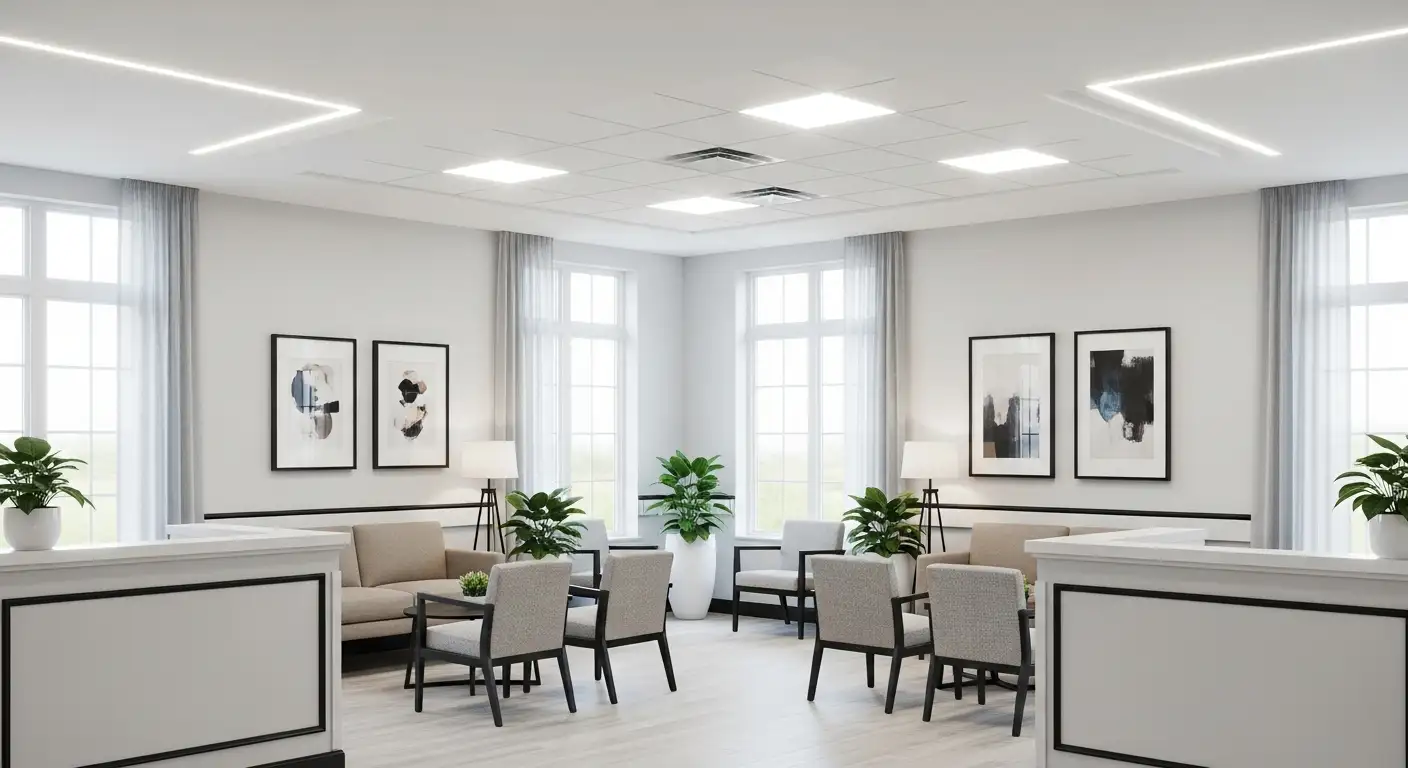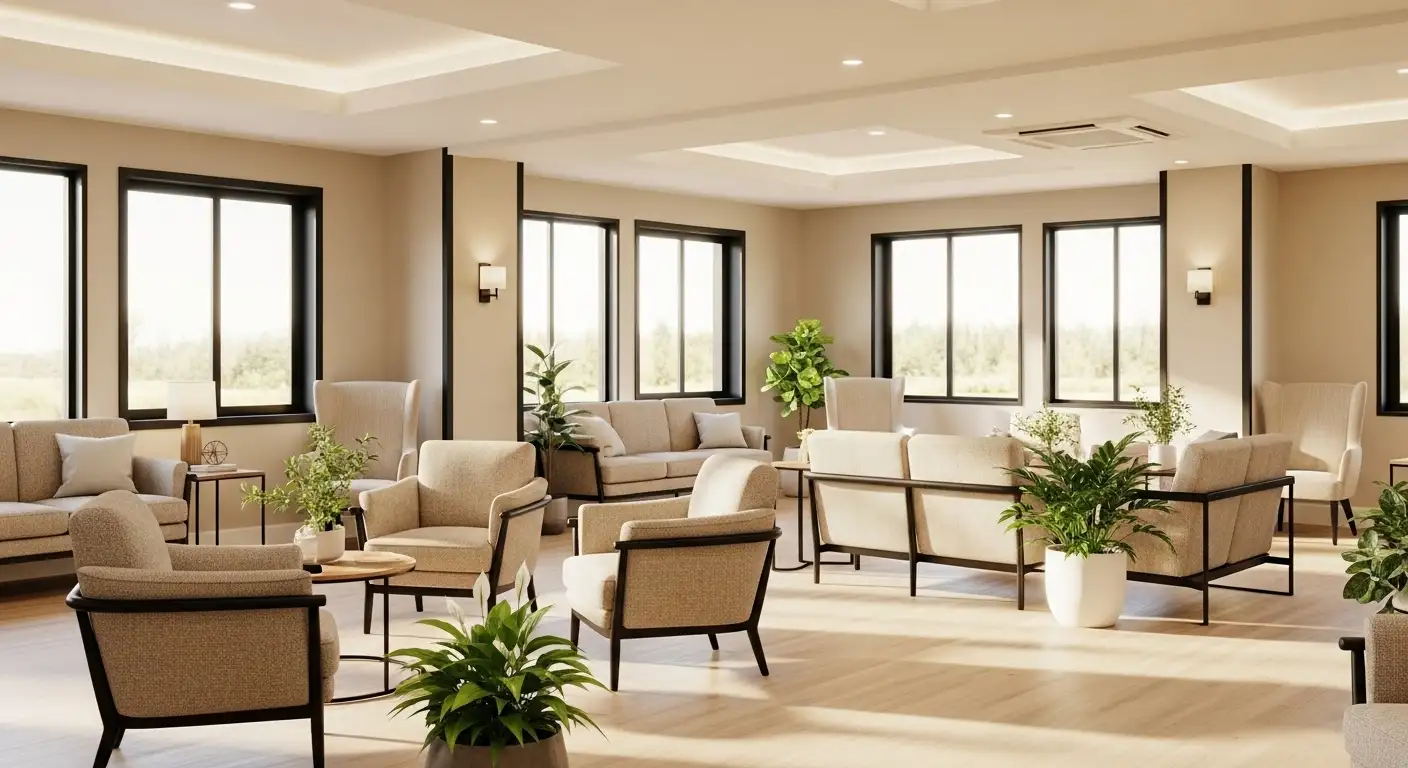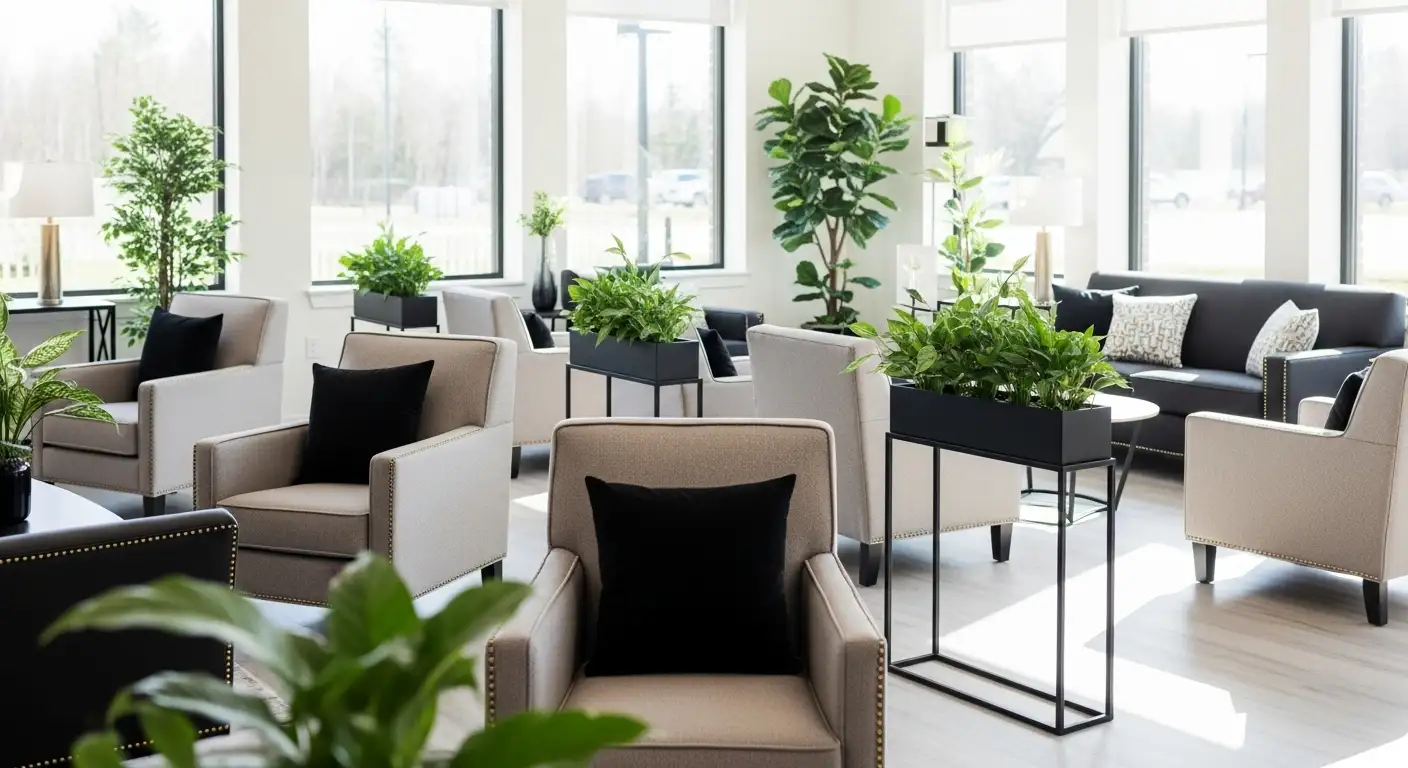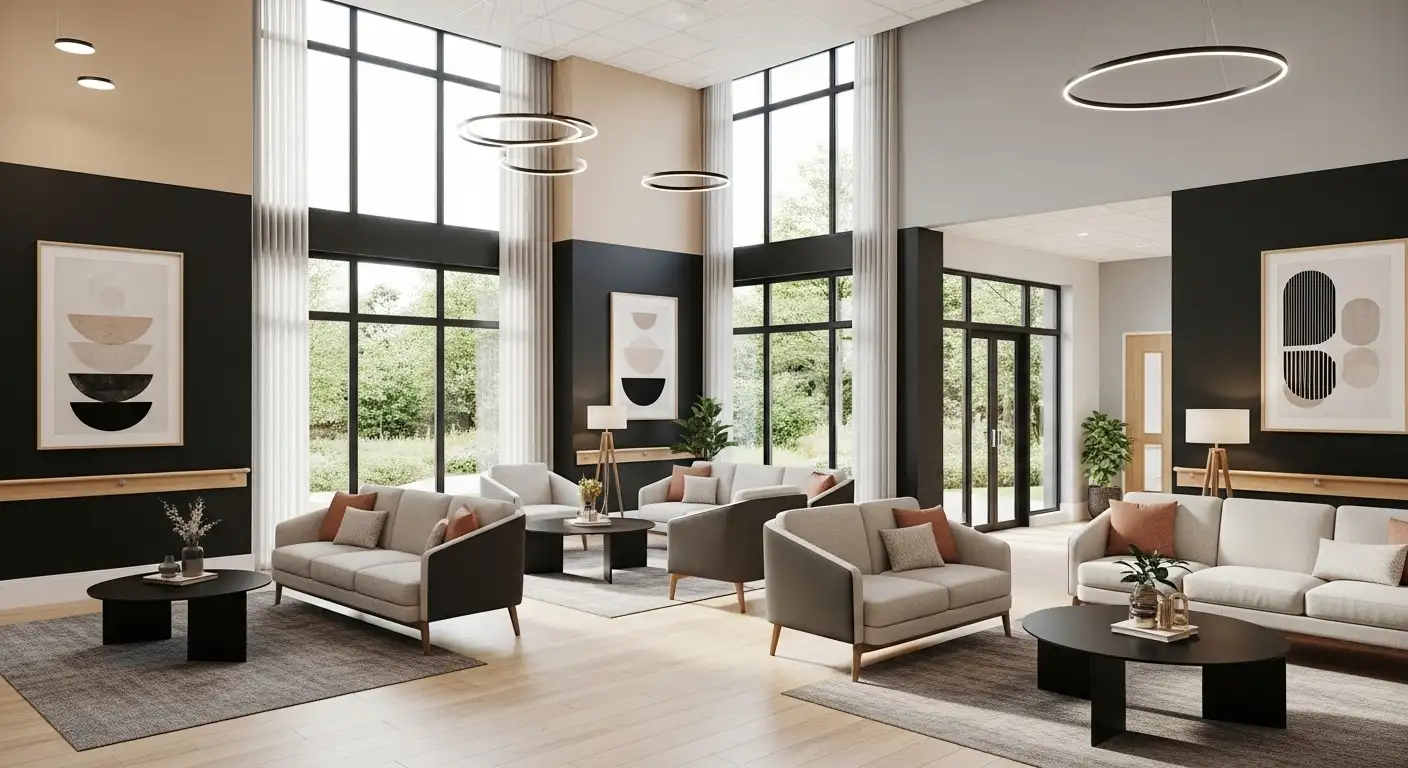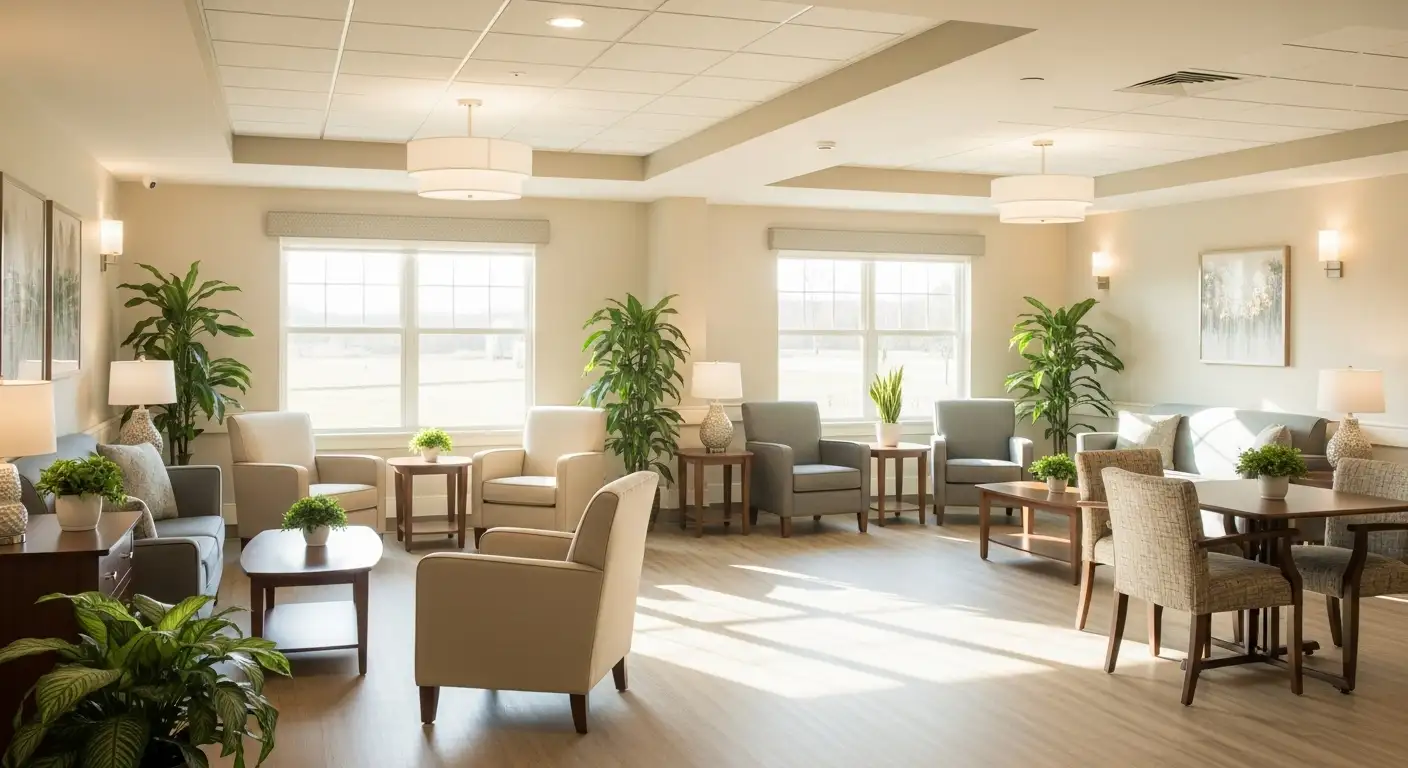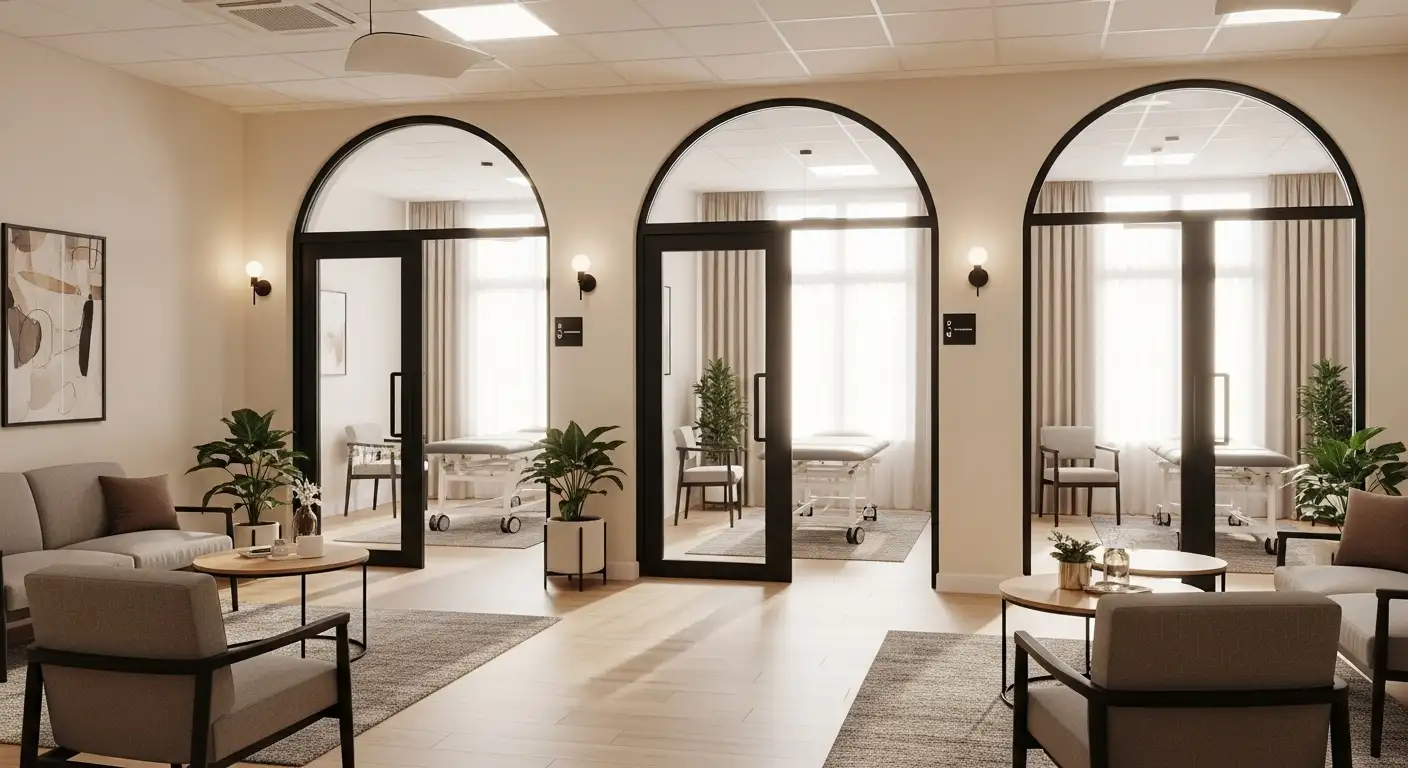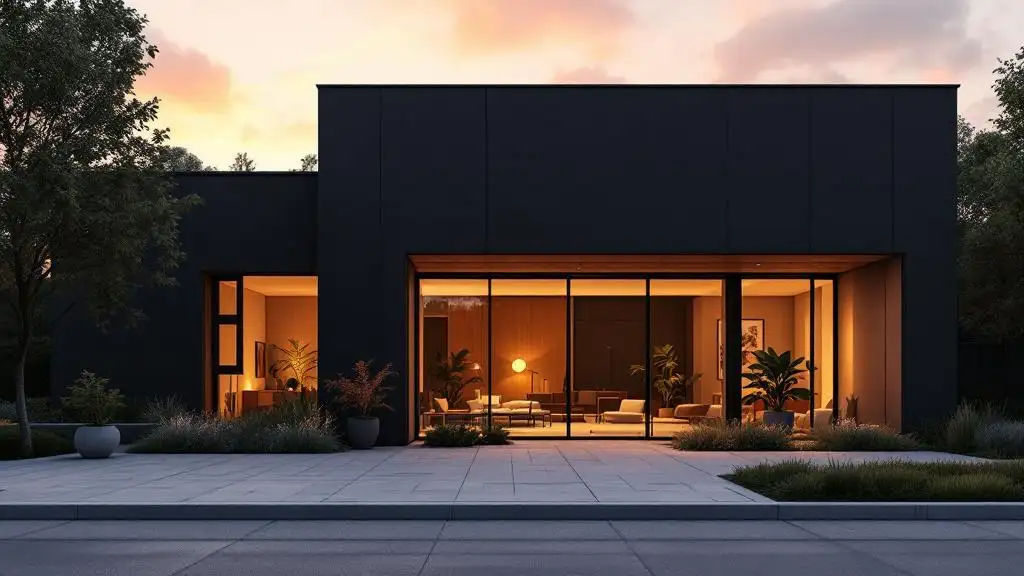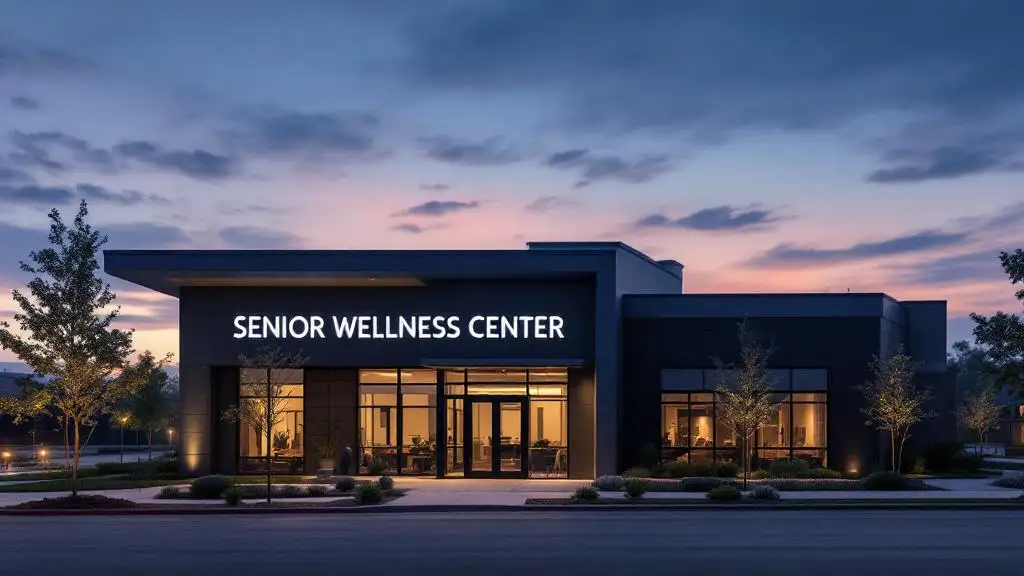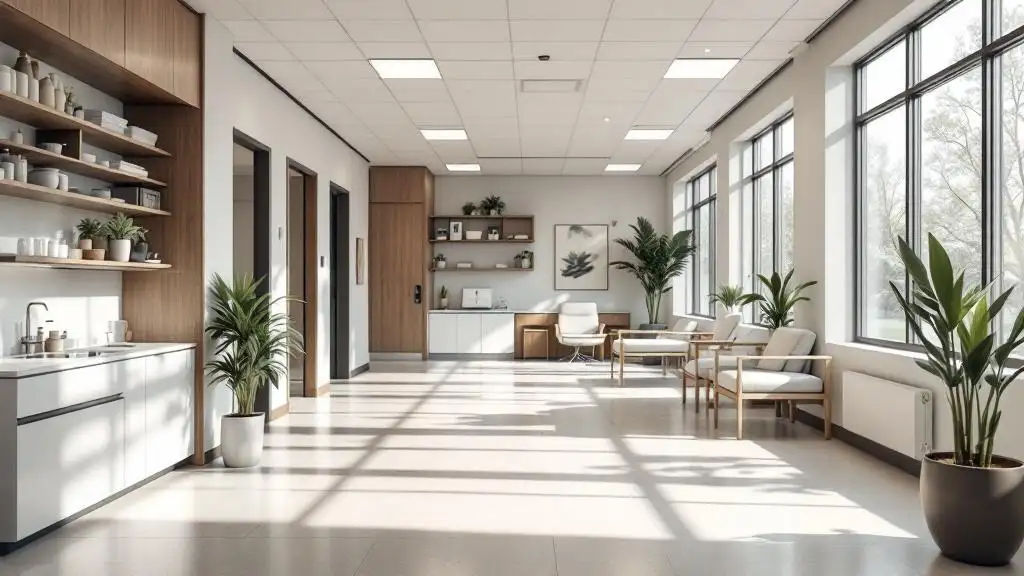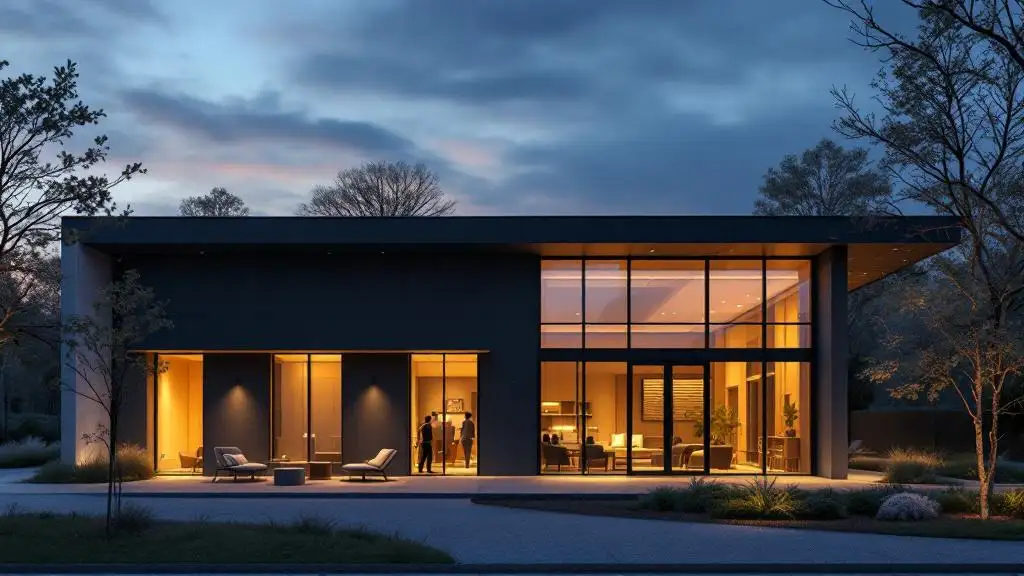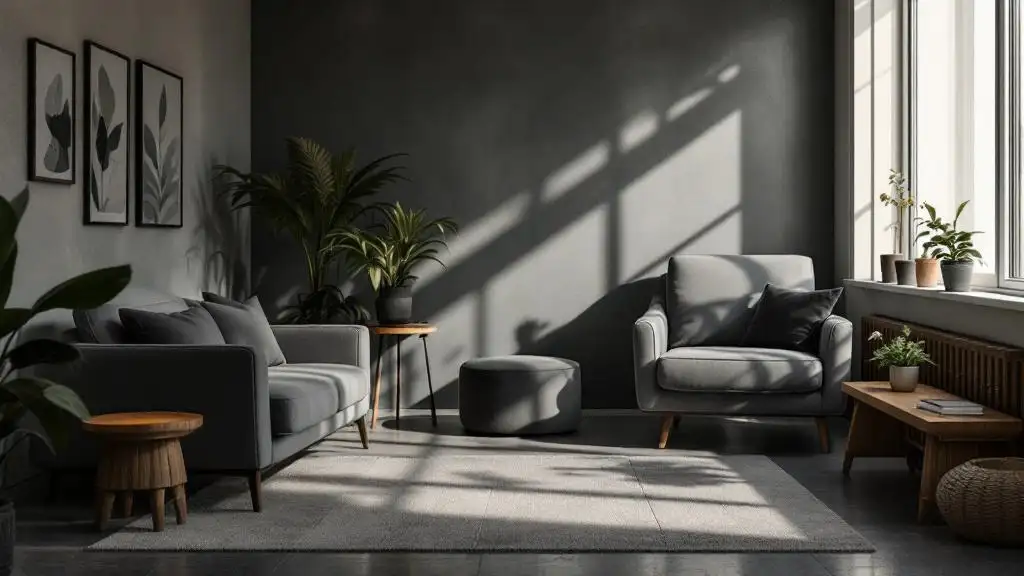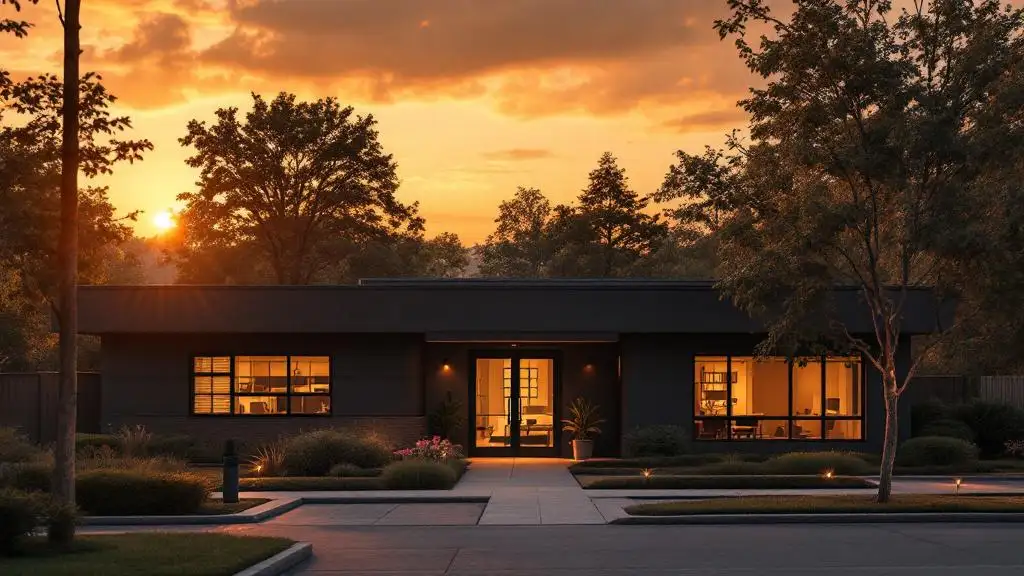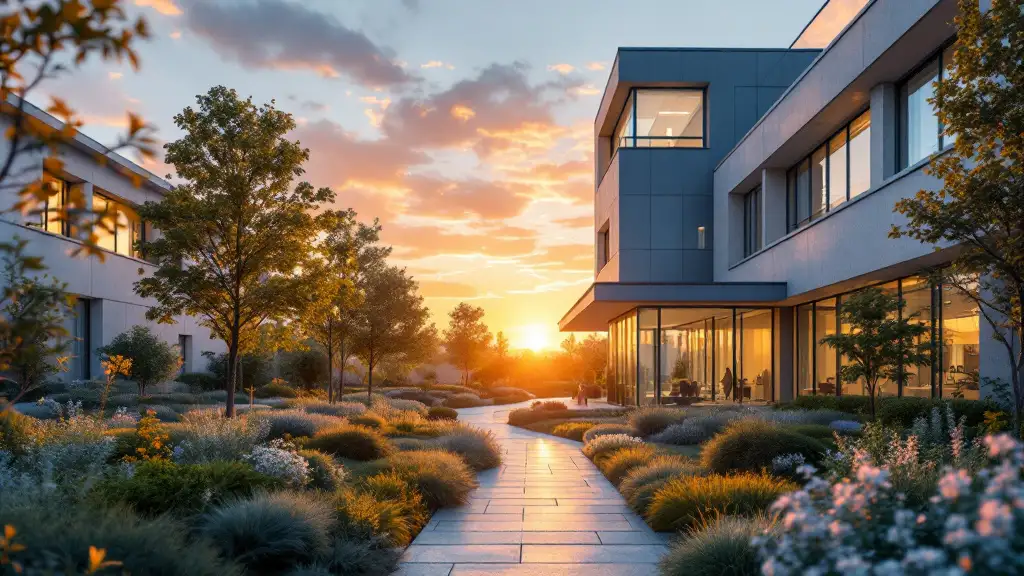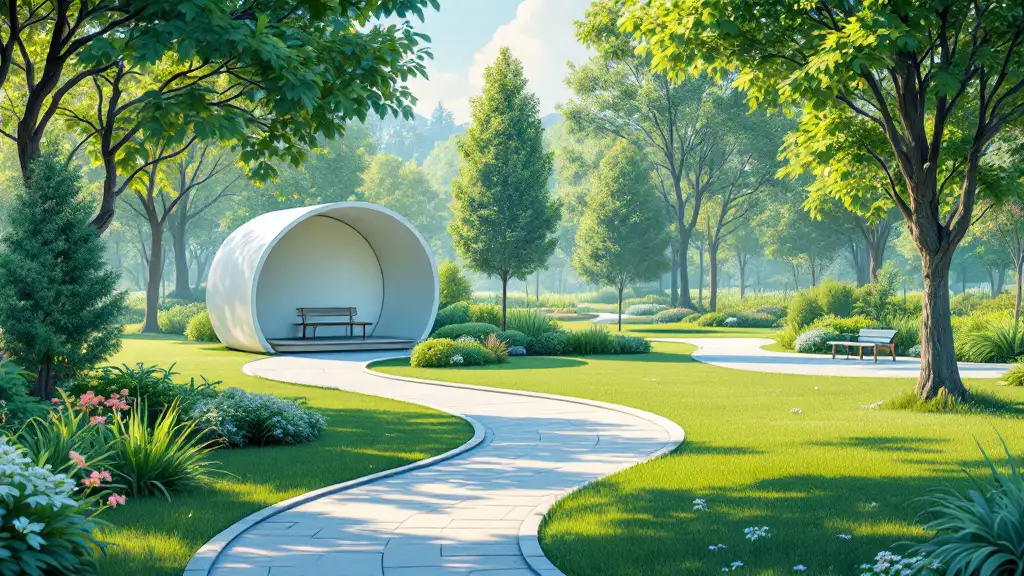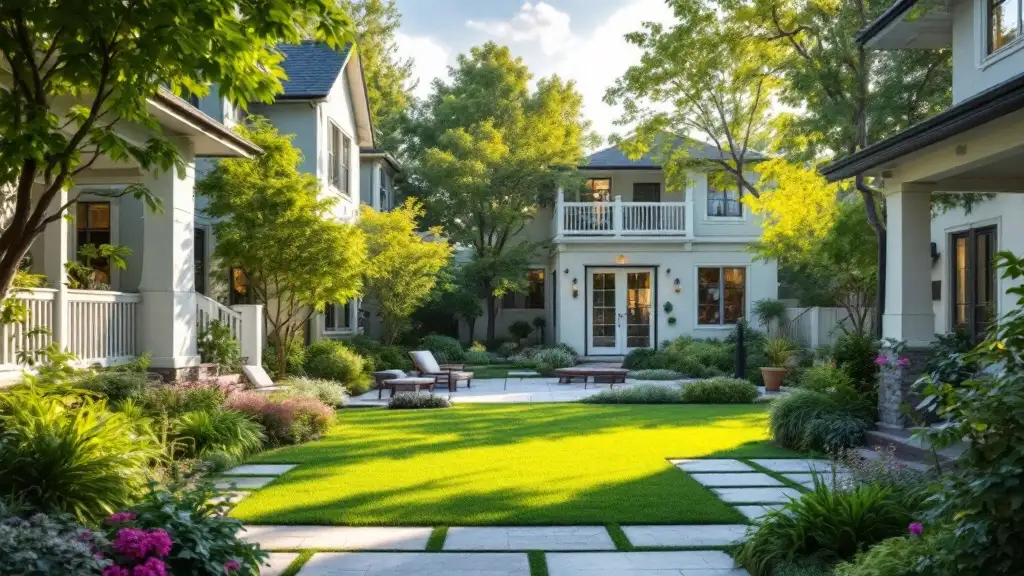Understanding Wellness in Assisted Living
Wellness in assisted living facilities encompasses a holistic approach addressing the physical, mental, emotional, and social needs of residents. Creating comprehensive wellness plans that include mental health supports not only enhances residents' quality of life but also fosters independence and community engagement. This article explores how these integrative plans can be crafted and implemented to meet the complex health challenges faced by older adults residing in assisted living settings.
Comprehensive Wellness Programs: A Holistic Approach to Resident Care
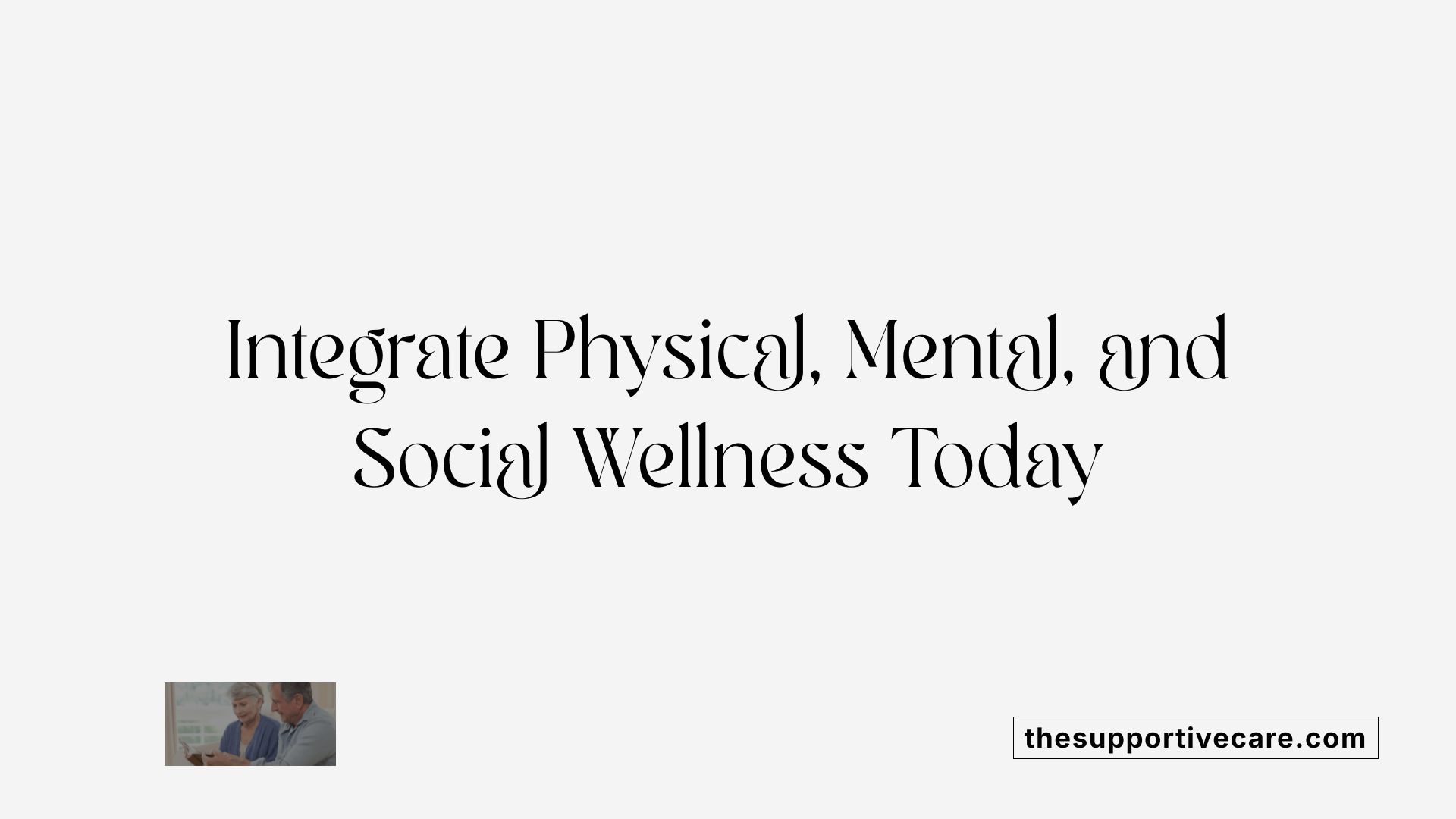
How do comprehensive wellness programs integrate multiple aspects of care?
Comprehensive wellness programs in assisted living combine physical fitness, nutrition, mental health support, preventive skin care, and social engagement into an integrated approach. This synergy enhances residents' quality of life and promotes functional independence by addressing their diverse needs both physically and emotionally.
Why are personalized and culturally sensitive nutrition plans important?
Nutrition plans tailored to individual dietary restrictions and cultural preferences help improve immune function, support wound healing, and enhance medication absorption. Incorporating fresh, seasonal produce and culturally familiar meals not only boosts physical health but also fosters a sense of comfort and well-being.
What role does preventive healthcare and skin care play in wellness?
Preventive care measures, such as regular health screenings, immunizations, and medication management, detect issues early and maintain overall health. Additionally, skin care protocols featuring hydrating cleansers, barrier creams, and repositioning prevent pressure ulcers and infections, which are critical for vulnerable residents.
How do social and cognitive activities benefit mental health?
Engaging residents in group activities, art and music therapy, mindfulness classes, puzzles, and memory care programs combats loneliness and cognitive decline. Such involvement enhances life satisfaction, fosters social connection, and improves engagement, contributing significantly to emotional and cognitive wellness.
| Component | Examples | Benefits |
|---|---|---|
| Physical Fitness | Chair yoga, resistance bands, walking | Maintains muscle, reduces fall risk, boosts mood |
| Nutrition | Personalized meal plans, seasonal & cultural foods | Supports immunity, healing, medication effectiveness |
| Preventive Care & Skin | Screenings, immunizations, barrier creams | Prevents illness & pressure ulcers |
| Mental & Cognitive | Therapy, games, mindfulness, workshops | Improves mental health & cognitive abilities |
| Social Engagement | Group events, cultural activities, technology use | Reduces loneliness, builds community |
This holistic strategy creates a supportive environment that nurtures the physical, emotional, and social well-being of residents in assisted living settings.
Addressing Mental Health and Emotional Well-Being in Assisted Living
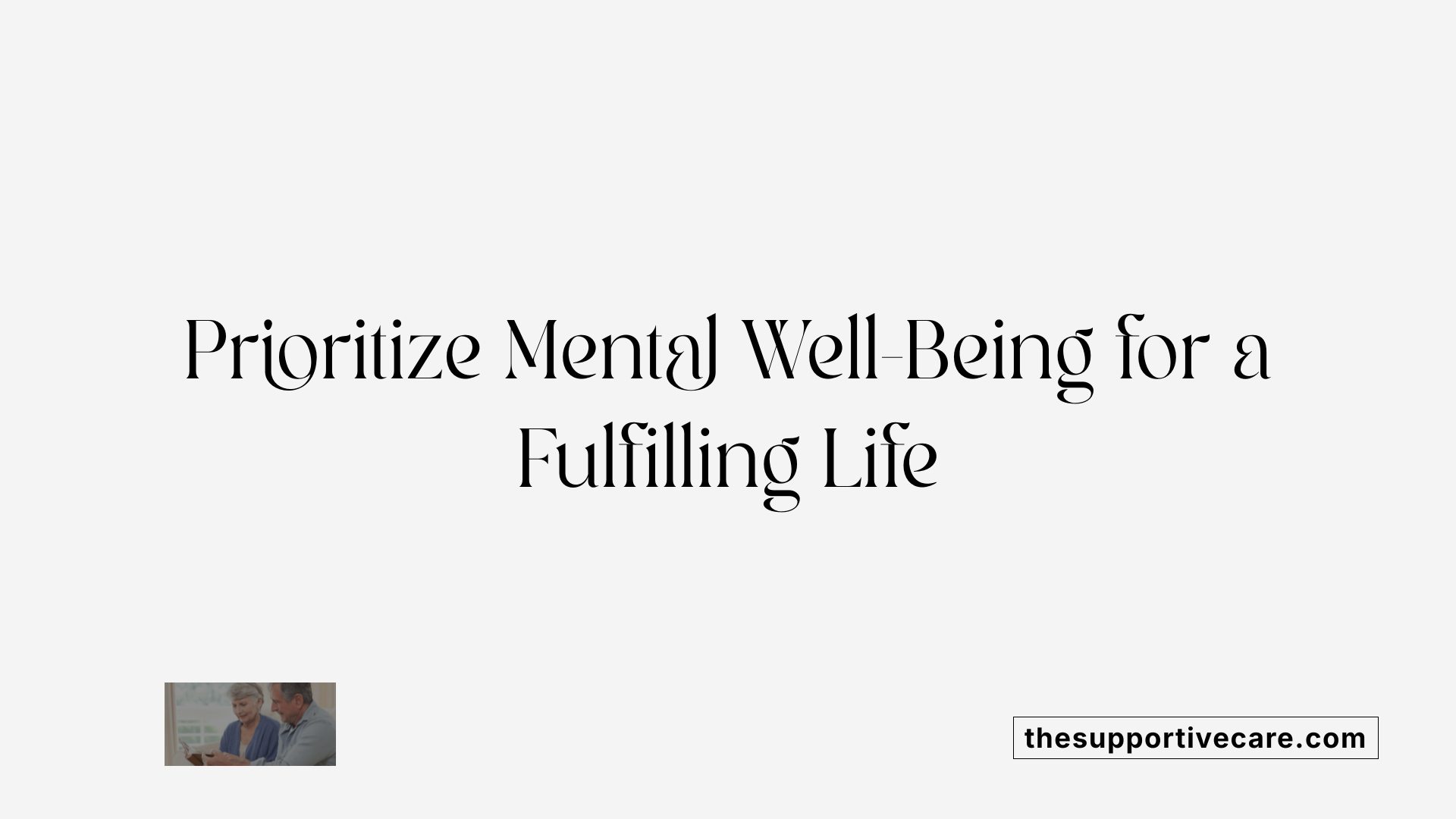
What mental health initiatives are used in assisted living settings?
Mental health support in assisted living often includes counseling and peer support groups tailored to residents' needs. These initiatives provide residents with opportunities to share experiences and receive emotional support, which is essential in reducing feelings of isolation and anxiety.
How are therapies like art, music, and mindfulness integrated?
Creative therapies such as art and music sessions, along with mindfulness classes, are integrated into daily routines to enhance mental well-being and offer enjoyable ways for residents to engage their minds and emotions. These modalities improve engagement, reduce stress, and boost life satisfaction.
Why are therapy sessions important for residents?
Both group and individual therapy sessions play a critical role in alleviating loneliness and fostering social interaction. Through structured activities and discussions, residents develop stronger social bonds and emotional resilience, improving overall mental health.
How is mental health co-managed with physical health in assisted living?
Assessment and management of co-occurring mental health conditions alongside physical health issues are common through interdisciplinary collaboration. This approach ensures that mental health disorders like depression or anxiety are recognized early and treated in conjunction with physical ailments to promote holistic wellness.
These practices reflect strategies seen in addiction treatment services, where integrated care addresses mental health and substance use disorders simultaneously through comprehensive screening and multidisciplinary interventions. Similarly, in assisted living, a multi-modal approach combining counseling, therapy, and social support helps maintain emotional well-being and enhances residents' quality of life.
Physical Activity and Cognitive Engagement: Enhancing Mobility and Mental Function
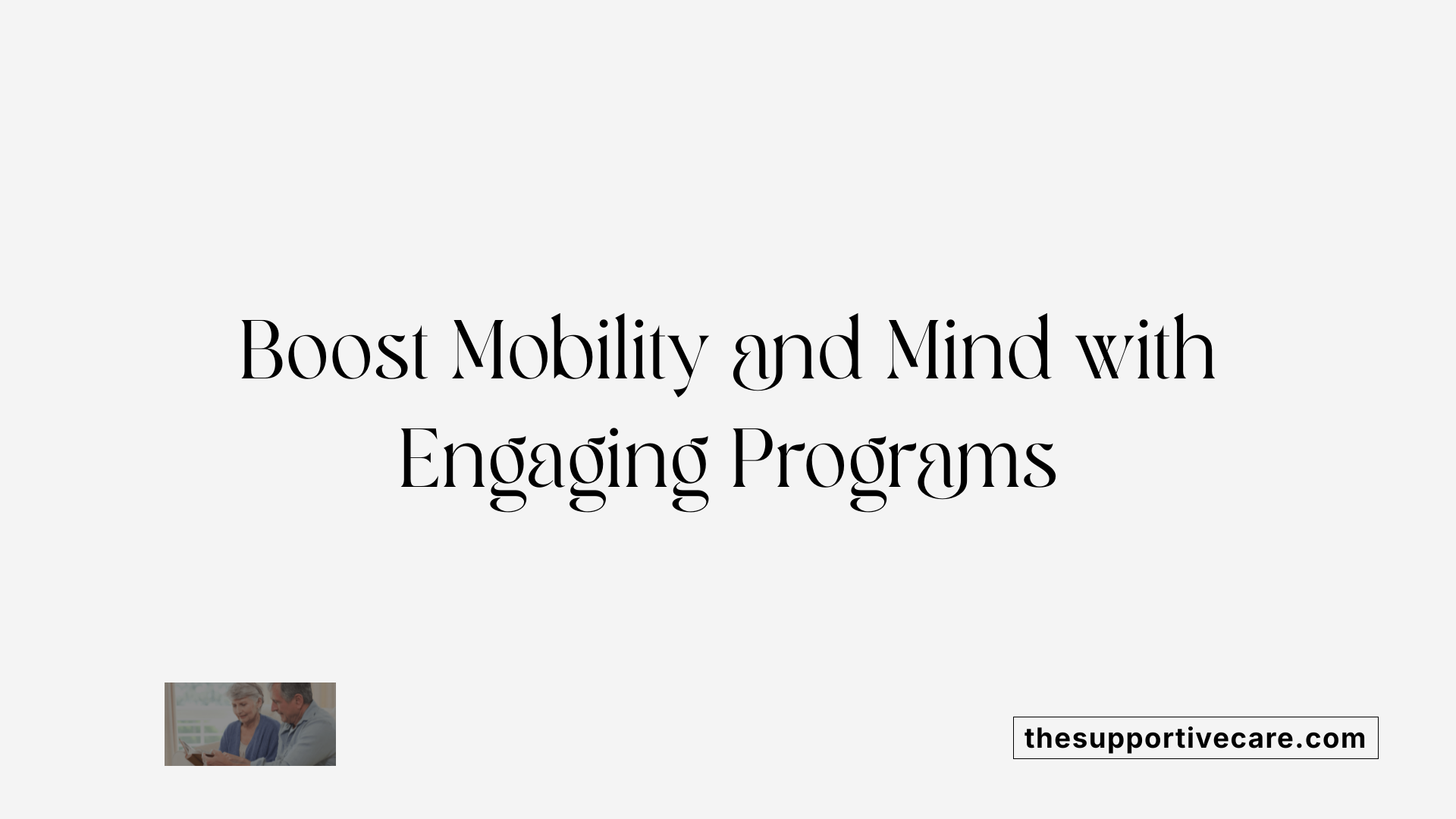
Physical Activities Adapted for Mobility Levels
Assisted living communities offer physical activities tailored to residents’ individual mobility abilities. Options like chair yoga, resistance band exercises, and aquatic aerobics provide safe, effective ways to maintain muscle mass and increase flexibility. These adapted activities also play a significant role in reducing fall risk—a major concern among elderly populations—while boosting mood through gentle movement.
Role of Physical Therapy
Physical therapy is an essential part of these wellness initiatives, focusing on improving strength, balance, and overall mobility. By guiding residents through targeted exercises and mobility training, therapy promotes independence and reduces the likelihood of debilitating falls. Consistent physical therapy has been shown to enhance confidence in movement, contributing to a better quality of life.
Cognitive Stimulation Programs
Mental engagement is equally important. Many assisted living facilities integrate cognitive activities such as puzzles, reading groups, workshops, and specialized memory care programs designed for residents with cognitive impairments. These programs foster mental sharpness and can slow cognitive decline by encouraging continual mental challenge and social interaction.
Exercise's Impact on Anxiety and Depression
Regular physical activity has proven psychological benefits. Exercise reduces symptoms of anxiety and depression among elderly residents by releasing endorphins and providing structured routines that enhance life satisfaction. Combining movement with mental stimulation helps foster holistic wellness, addressing both emotional and physical health.
| Aspect | Description | Benefits |
|---|---|---|
| Adapted Physical Activity | Chair yoga, aquatic aerobics tailored to mobility | Maintains muscle mass, reduces fall risk, improves mood |
| Physical Therapy | Strength, balance exercises, guided mobility programs | Supports independence, reduces falls |
| Cognitive Programs | Puzzles, reading, workshops, memory care | Enhances cognitive function, slows decline |
| Mental Health Effects | Anxiety and depression reduction through exercise | Improves emotional well-being and engagement |
Leadership and Environmental Design: Building a Culture of Wellness
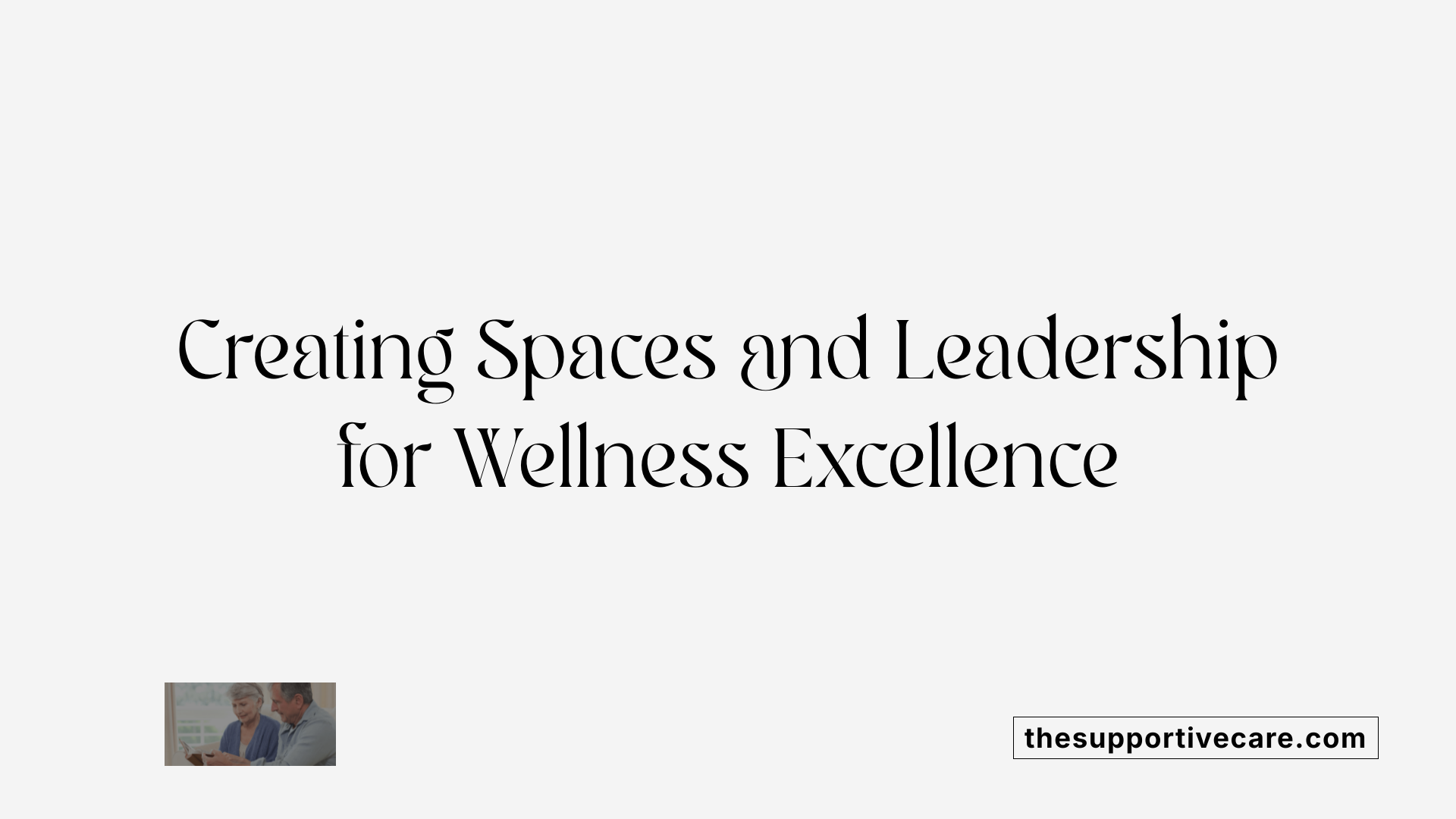
What role do administrators play in promoting interdisciplinary collaboration and resident-centered philosophies?
Administrators in assisted living communities are pivotal in shaping a wellness-oriented culture. Effective leaders foster interdisciplinary collaboration among healthcare providers, fitness trainers, nutritionists, and mental health professionals. By promoting resident-centered philosophies, administrators ensure wellness programs prioritize individual preferences, cultural needs, and holistic care, which supports improved quality of life and resident independence.
How does environmental design support spontaneous activity and socialization?
Thoughtful environmental design strongly influences wellness outcomes. Accessible walking paths invite regular physical activity, while dedicated exercise spaces encourage participation in group fitness like chair yoga or aquatic aerobics. Communal areas foster social interaction, reducing loneliness and supporting mental health. Sensory considerations ensure that spaces are comfortable and stimulating, encouraging residents to engage in spontaneous, wellness-enhancing activities.
What strategies help overcome budget and staffing challenges in wellness initiatives?
Budget limitations and staffing shortages are common barriers to sustainable wellness programs. Creative solutions such as forming partnerships with local universities provide access to interns and volunteers who assist with program delivery. Incremental implementation allows communities to gradually introduce new initiatives without overwhelming resources. These approaches make comprehensive wellness programming feasible and impactful despite constraints.
Together, strong leadership and intentional environmental design create a supportive framework where wellness thrives. They enable resident-centered care that seamlessly integrates physical, mental, and social well-being within assisted living communities.
Monitoring Outcomes and Sustaining Wellness Initiatives
Why is tracking healthcare metrics and resident stories important for wellness programs?
Tracking healthcare metrics such as physical health indicators, mental well-being scores, and incident reports helps assisted living communities measure the effectiveness of their wellness programs. Combined with resident stories, these data points provide qualitative and quantitative evidence of benefits, like improved mobility or enhanced life satisfaction. This information not only validates the programs' impact but also supports ongoing funding and community reputation as a therapeutic environment.
How does embedding wellness into an organization's core mission contribute to program success?
When wellness is central to an assisted living community's mission, it influences facility design, staffing, budgeting, and daily routines. This integrated approach ensures that wellness initiatives are not isolated efforts but part of a larger culture prioritizing residents' holistic health. Early planning that includes wellness goals offers a competitive edge by creating environments that support physical activity, mental stimulation, and social engagement seamlessly.
What are the benefits of continuously evaluating and adapting wellness programs?
Continuous evaluation allows communities to identify which activities yield the best health outcomes and adjust offerings based on residents' changing needs or preferences. Adaptation ensures programs remain relevant and engaging, which boosts participation rates and maximizes benefits. These ongoing improvements can overcome challenges such as limited budgets or staffing shortages by focusing resources on the most effective initiatives.
What role do preventive healthcare measures play in sustaining resident health?
Preventive healthcare—through regular screenings, immunizations, medication management, and physician visits—detects health issues early and minimizes complications. Integrating these measures with wellness programs supports comprehensive care, reduces hospitalizations, and enhances residents’ ability to maintain independence. Preventive strategies complement fitness, nutrition, and mental health efforts, making wellness programs more sustainable and impactful overall.
Prioritizing Comprehensive Wellness for Assisted Living Residents
The creation of wellness plans that thoughtfully integrate mental health alongside physical, emotional, and social elements fundamentally elevates the quality of life for assisted living residents. By addressing the full spectrum of health challenges—including mobility limitations, cognitive decline, and emotional well-being—these plans enable greater independence and foster vibrant community connections. Leadership commitment, environmental facilitation, and ongoing program evaluation are critical to sustaining effective wellness initiatives. Ultimately, an integrated approach not only supports residents’ recovery and thriving but also sets a new standard for compassionate, resident-centered care in assisted living communities.
References
- The Positive Impact of Wellness Programs in Assisted ...
- Improve Well-Being in Assisted Living Facilities With ...
- How to Create a Health and Wellness Program for Your ...
- Chapter 5—Specialized Substance Abuse Treatment Programs
- COMPREHENSIVE CASE MANAGEMENT FOR ...
- Integrating Treatment for Co-Occurring Mental Health ...
- Integrated Treatment for Co-Occurring Disorders
- The effectiveness of integrated treatment in patients with ...
- Introduction to Behavioral Addictions - PMC
- Treatment Types for Mental Health, Drugs and Alcohol

